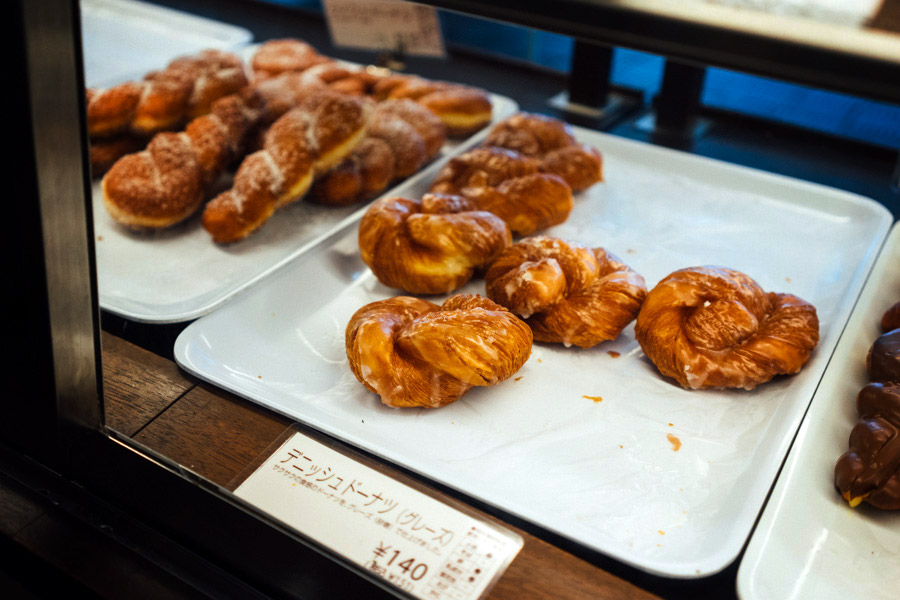Bonobo - 7th Sevens
We’re on a short flight from Shanghai to Osaka, Japan. China has a strong character, and it started to weigh on us. We enjoyed it as much as other countries, especially its food, culture, and grand sights, though it was not always welcoming (not unlike the streets of Paris). As with other border crossings, we try to reset, remove feelings of the last country and preconceptions of the next, but this time it takes a bit more effort; there’s more to erase, past and future. We have high hopes for Japan and its culture, knowing it more than other countries we’ve been to. Me, from my early childhood days watching anime in the morning (Club Dorothée is deeply ingrained in me) to all the Murakami books I’ve devoured the past ten years, and more recently, all the mangas filling the long bus rides of our travels. Madie, studied Japanese for three years in high school (おはよ ございます、 さかはら せんせい!).
Osaka
It is a common theme that we don’t know anything about anywhere. As soon as we land, we’re hit by the food kingdom that is Osaka. The airport arrival has a flurry of renowned restaurants. We start the day with tonkatsu, to fill Madie’s heart. The Japanese language and deep bows welcome us warmly. The giggles come back to her face - this is a good sign.
It’s a complicated train ride to town, setting the pace for what will be an amazing twelve days in Japan. I feel out of place. My clothes are dirty; I’m stinky, sweaty, and hairy; we’re the only ones with giant backpacks. The train and subway crowds are orderly. Most men are in black or deep blue suits with white shirts. Women are coquettish, pretty and simple. We walk through Osaka’s business district for two kilometers. The hotel is nice, classy even. Kimonos, the smell of cigarettes, and a toilet with too many buttons wait for us in our tiny room. We thank credit card points for letting us visit Japan. At $80 a night for the cheapest place we could find, we could not have afforded it any other way.
It is a love affair with Osaka, or rather a one-night-stand - a passionate fling of indulgence and decadence. We find a few blog posts for restaurant tips and decide to explore the city following its best plates, bowls, and skewers. The airport started us with delicious tonkatsu, our first traditional meal with all the fixings. Dinner is a variant of ramen we’ll never find again, with a richly flavored paste sitting at the bottom of the bowl. (Close to tsukemen, but not a broth.) Pastries for snacks, one after the other, few rivaling the best bakeries in France. “That’s what a Cronut should taste like,” Madie will boldly exclaim, deeply falling for the Little Mermaid pastry shop. After a mandatory visit to the Osaka Castle, and a first Pokémon GO adventure (it was fitting to start there), we eat sushi at a small hole-in-the-wall recommended by Migrationology, find takoyaki, fried octopus balls, and matcha green tea ice cream to finish off. We take a short break of 90 minutes, strolling in the shopping district, amongst the bright colors of pachinkos and fake food stores. We’re back on okonomiyaki, bonito flakes twisting around, then walk another 15 minutes for yakitori - in a restaurant known for using all parts of the pig (and yes, we had all parts). Our first 36 hours in Japan, we already hit six food stops. The pounds we lost in the past four months are back and then some. But we’re happy. And desperately full. I catch a couple more Pidgeys and fall deeply asleep feeling like a Snorlax.
Kobe
We head to Kobe, home of the famous wagyu beef, on (what should have been) a 30 minute train ride. After getting lost for 2 hours in the JR train system, we finally make it to La Shomon (焼肉バル) and have the best meal of our trip, and the best beef we’ve ever had, for only $20 each (another gem from Migrationology). Additional pastries bought at the train station, we hop on our ride back, mischievous children in school uniforms accompanying us. For our readers watching anime, the Japanese train rides look just like that: a quiet train passing through suburban Japan, peaceful neighborhoods of single homes, always allowing nature to peek through, most people traveling on bike or trains, and youthful voices creating the soundtrack. Tempura closes our first volume of food adventures.
Kyoto
We make our way to Kyoto and explore the many gates of Fushimi Inari Daisha after a filling lunch of loco moco, tonkatsu, and my very first fresh tofu - which I now understand I’ve been missing out on this entire time. After performing the water ritual at the crowded entrance, we hike further into the park, hoping to lose the few tourists. We cross path multiple times with a smiling grandpa, helping us find our way. I wonder if he has a side-quest for us, but he is only here for Shinrin-Yoku (森林浴), literally “forest bathing,” a word for a visit to the forest for relaxation and health. The park is a complex of Japanese shrines: thousands of bright orange gates, set in a deep green forest amongst the dark grays of traditional tombs. We learn the word Komorebi (木漏れ日), “sunlight shining through the leaves of trees.” China had a sense for the epic; Japan has a profound one for the aesthetic, the tasteful and subtle beauty, the perfect harmony. Geishas pass by, some are simply locals dressing up, others are the ‘real’ ones, entertainers of the Gion district. Ukiyo (浮世 "floating world") describes the urban lifestyle, especially the pleasure-seeking aspects of this world.
After a two hour hike through the park, Madie and I cool down with amazake, a cold, sweet, fermented rice drink with ginger, and agree that if we had the opportunity to live here, we’d probably do it. The high-pitched laughter of children echo from a nearby elementary school - the usual trigger for us to think about the future. Our dinner is a bowl of rice and raw fish on which we pour dashi, the tasty Japanese broth. We pick up on a new tradition, eating yogurt (or chocolate pudding) at night in our tiny hotel room.
Kyoto, home of Emperors and Japan’s capital for a millennia before Tokyo, is reputed the most beautiful city in the country and carries high hopes for the traveler - it did not disappoint. For the next days, we do our best to explore the city - amongst the tall greens of Arashimaya, the bamboo forest where a Meowth hides; at a sunset at Kiyomizu-dera, a temple in a light drizzle; along the Philosopher’s Path with matcha ice cream; in a peaceful cemetery. We make the obligatory visit to Kinkaku-ji, the golden temple and its proud Phoenix remembering the monk who attempted suicide by fire; we meander through the Imperial Park, finally resting under the red gate of Shishinden, until the next matcha ice cream at Ninen-zaka after dark; we properly learn the water purification ritual at the zen gardens of Ryōan-ji and Higashiyama Jisho-ji. We stroll for kilometers, powered by minced tuna rice bowls, okonomiyaki and, what the heck, the best pizza we’ve had in a long time. My Pokémon score is off the charts.
We’re love-struck, longing to see Japan in the winter, spring, and fall. The aesthetic is omnipresent, harmony is ingrained in Japan’s culture, and the pursuit of being better in its philosophy. It’s peaceful, easy even, a feeling we haven’t had since we left - a breath of fresh air after four months in Asia.
And as with all refreshing breaths of air, fill it up with soup, ramen, if possible, one for her and tsukemen for me. Kuidaore (食い倒れ) is the Japanese word for “eating yourself to bankruptcy.” Tomorrow, we wake up early for a ride to a different world, the Japanese Alps. We won’t quite go to sleep before another yogurt and a couple Ratatats, though.
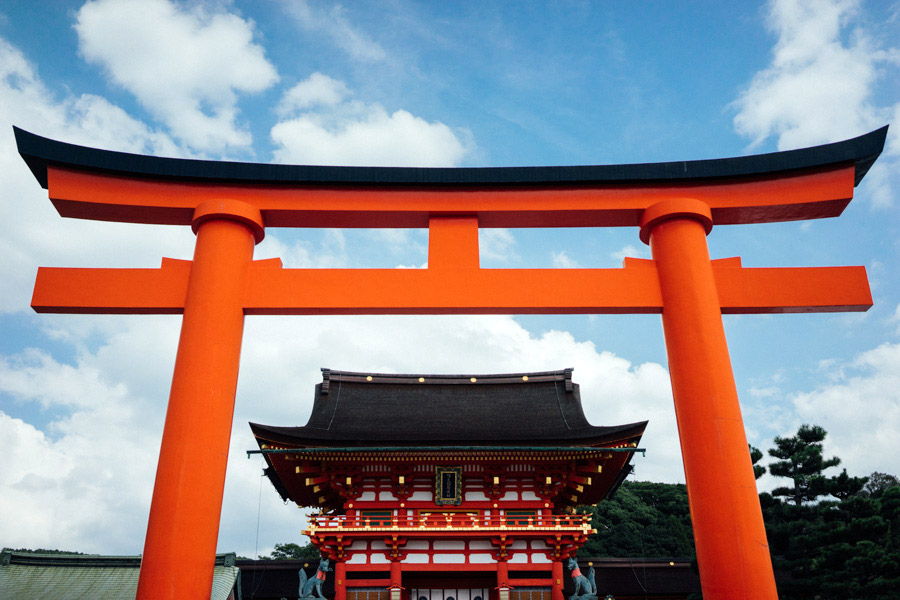
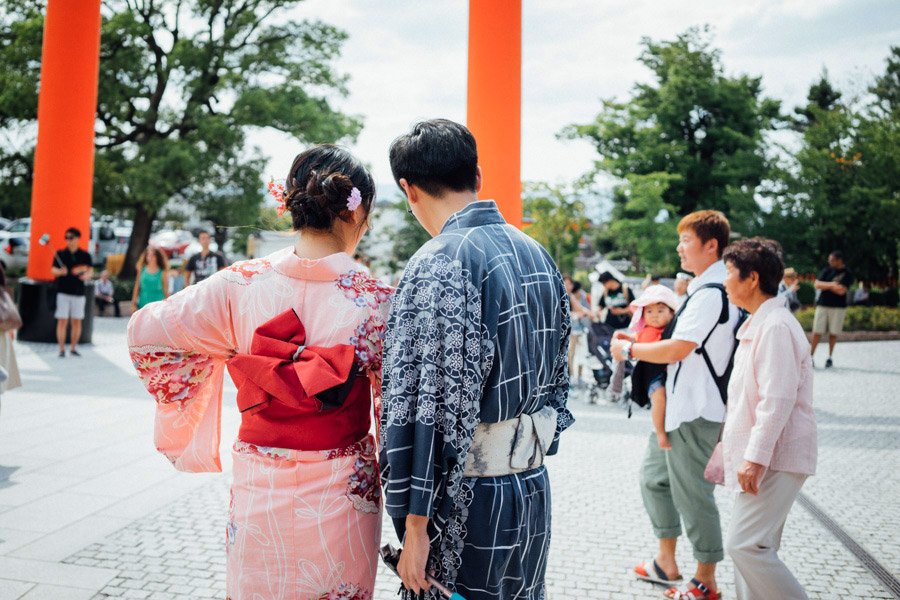

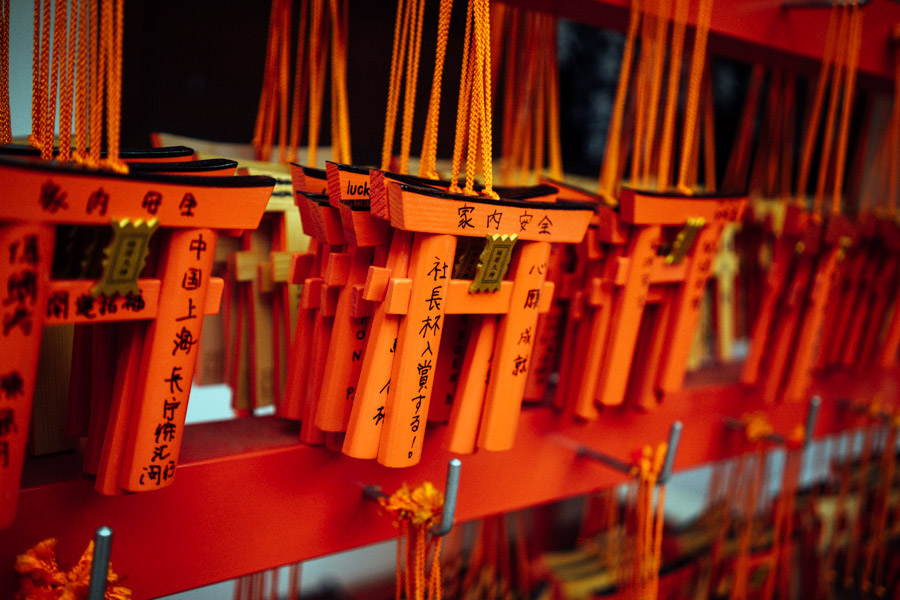
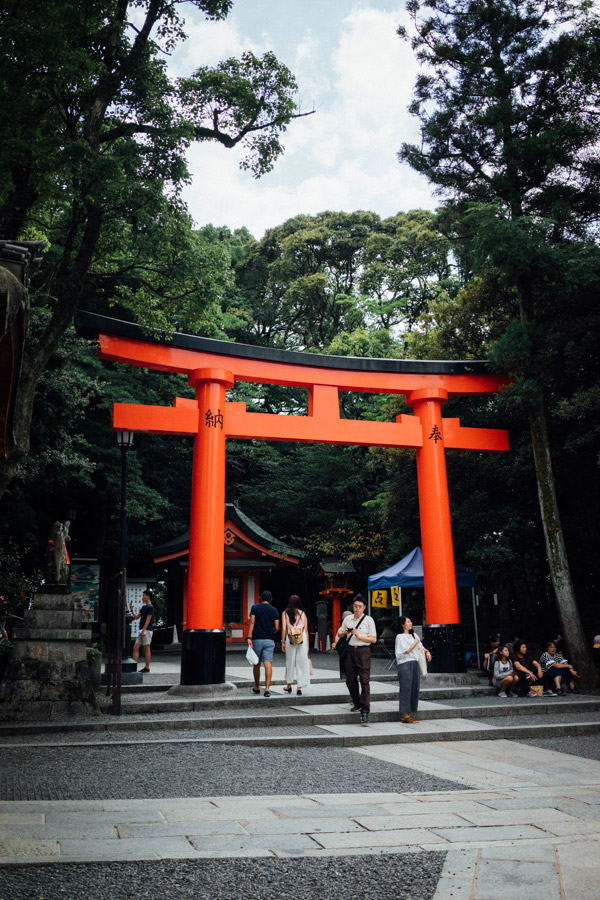
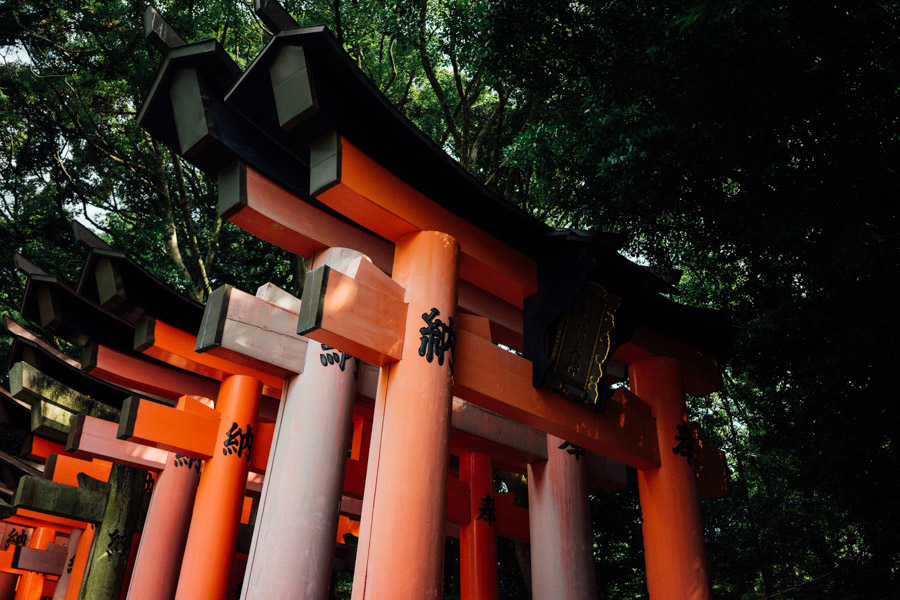
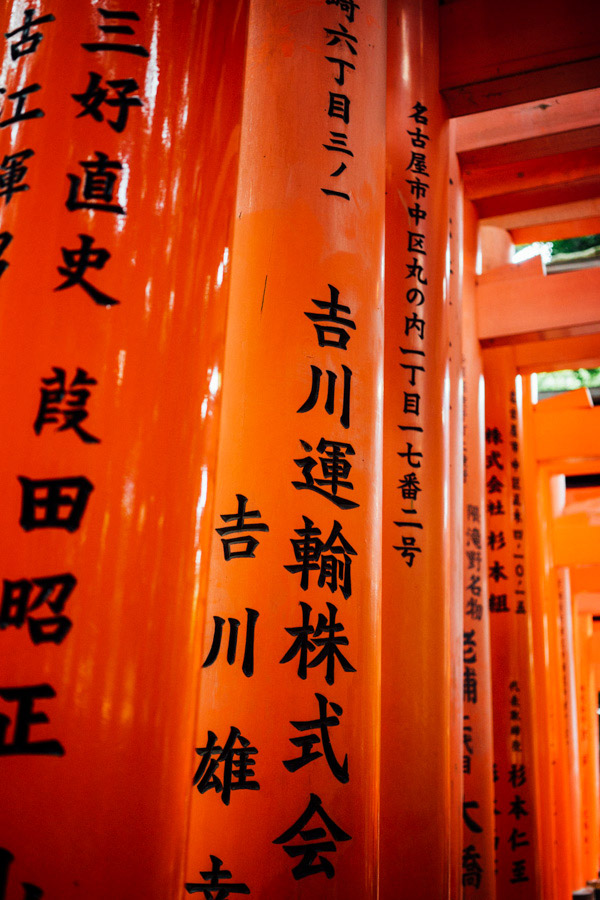
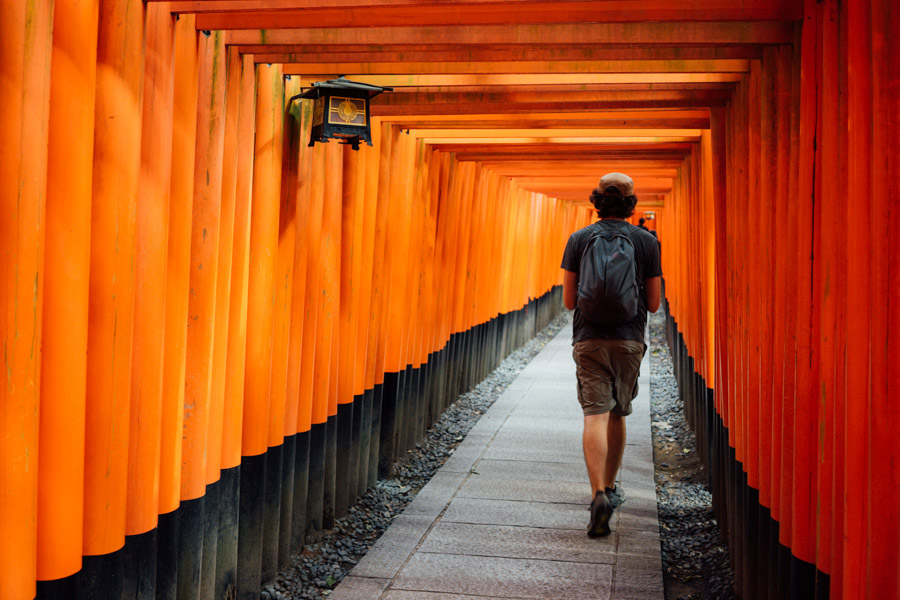
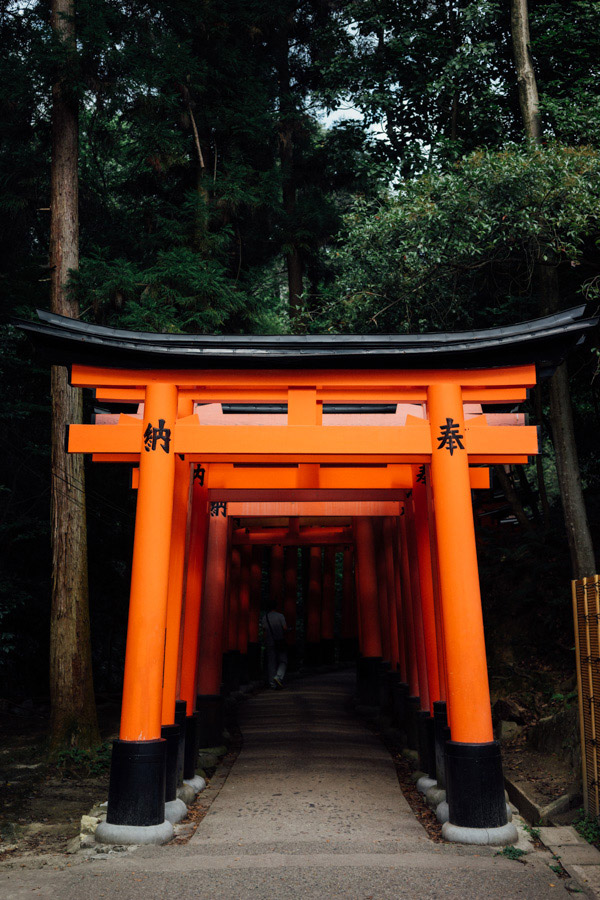
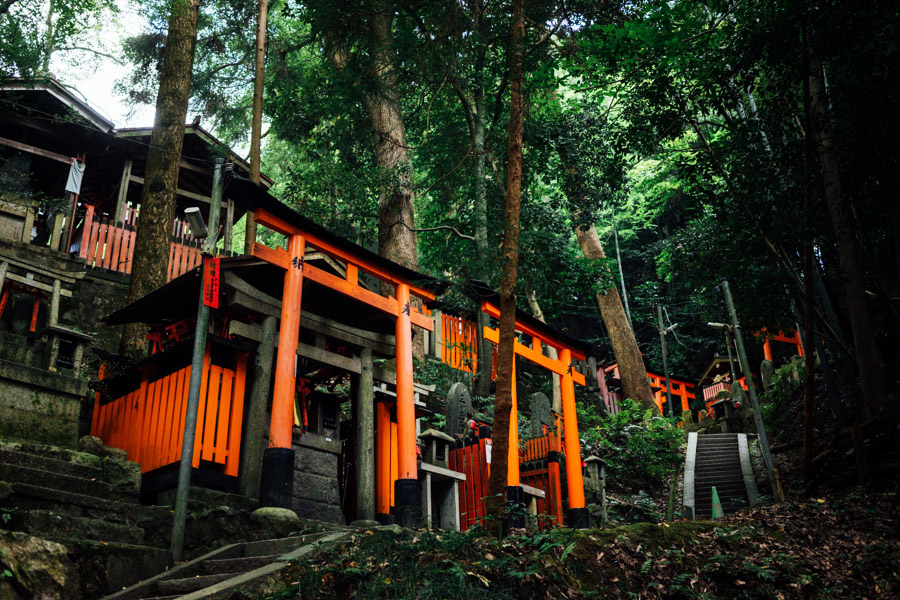
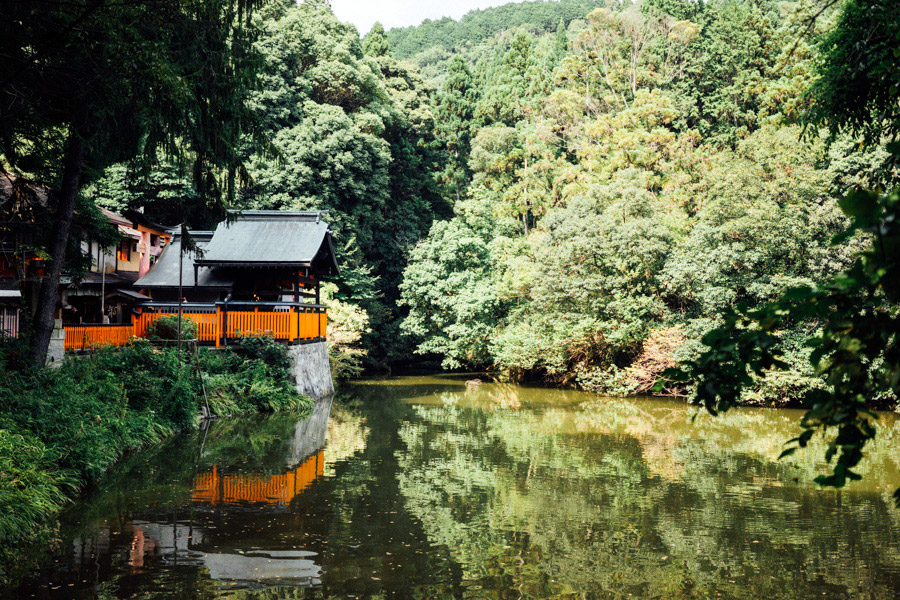
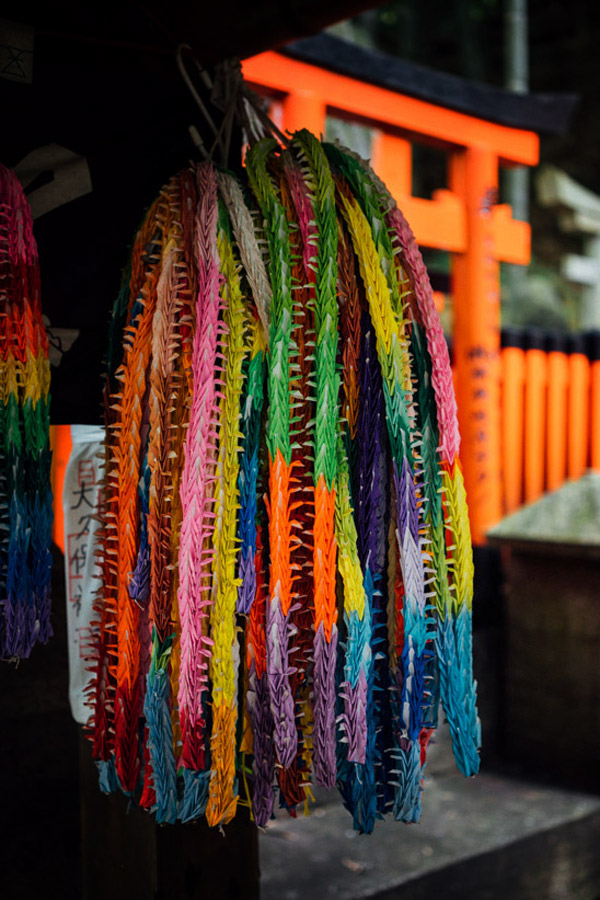
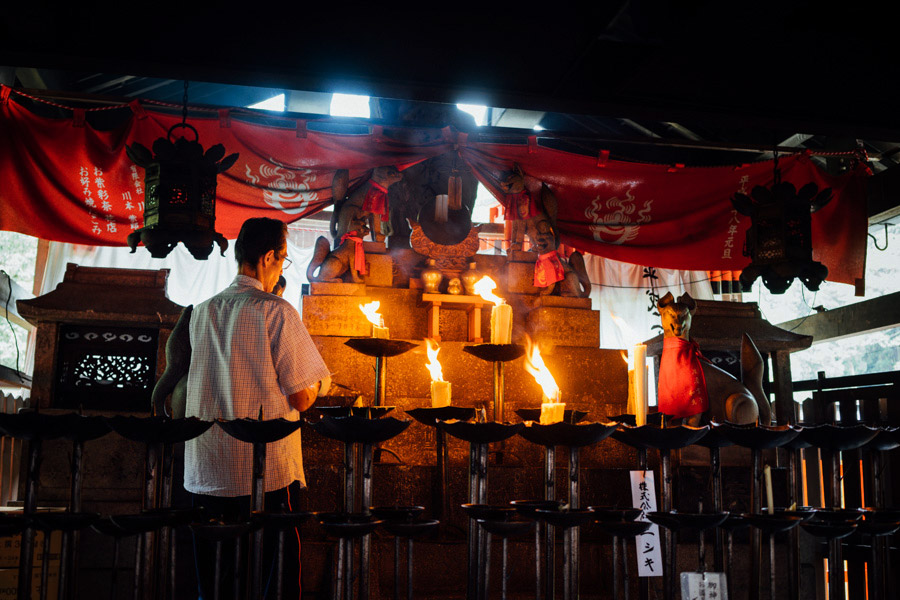
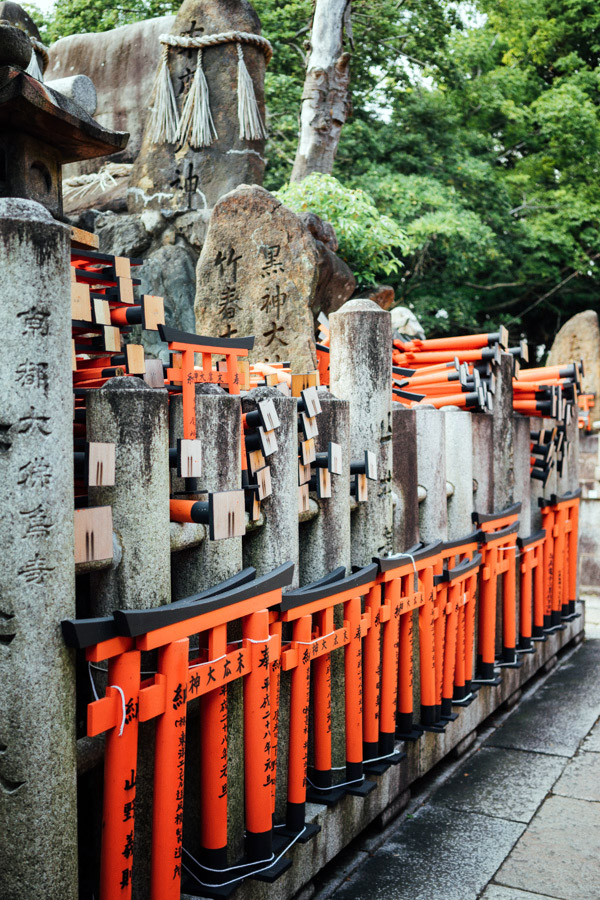
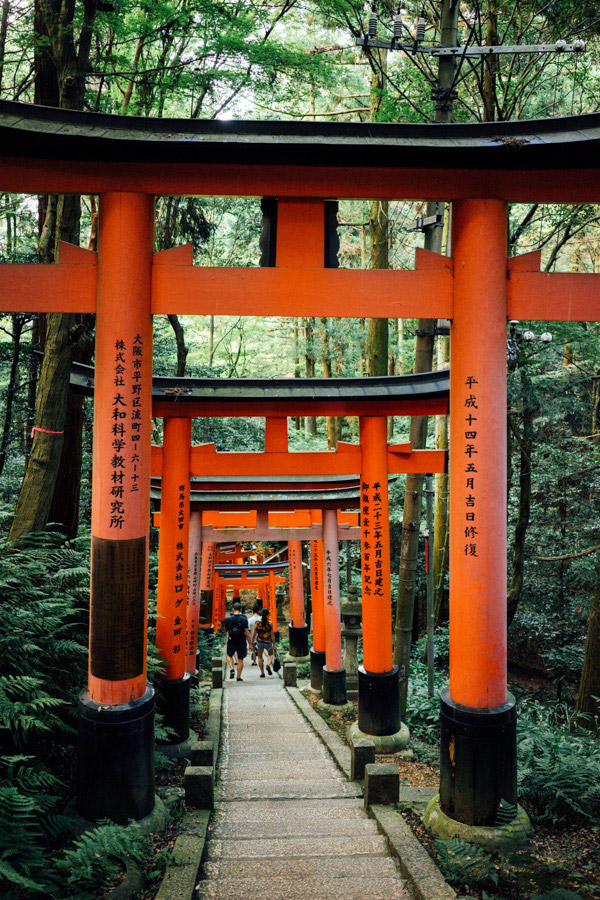
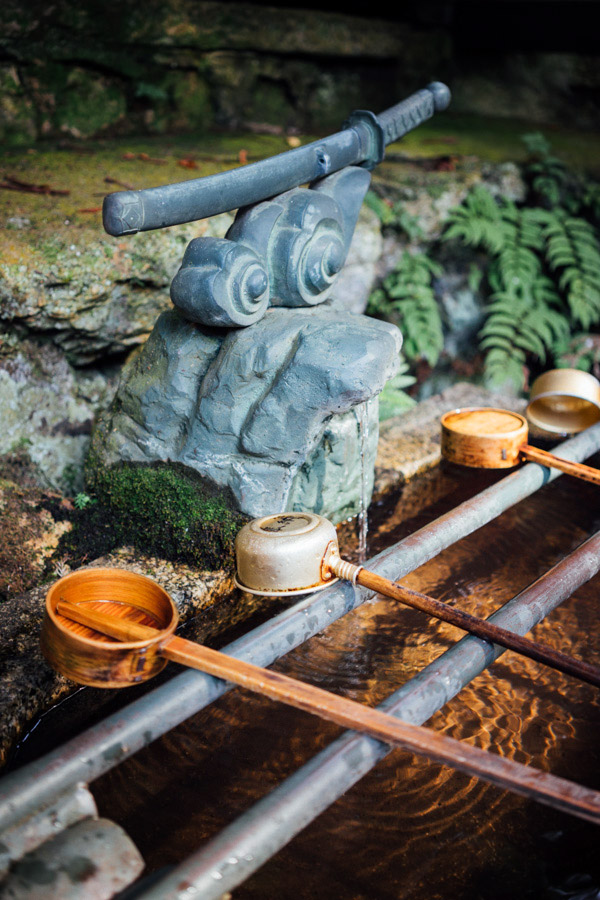
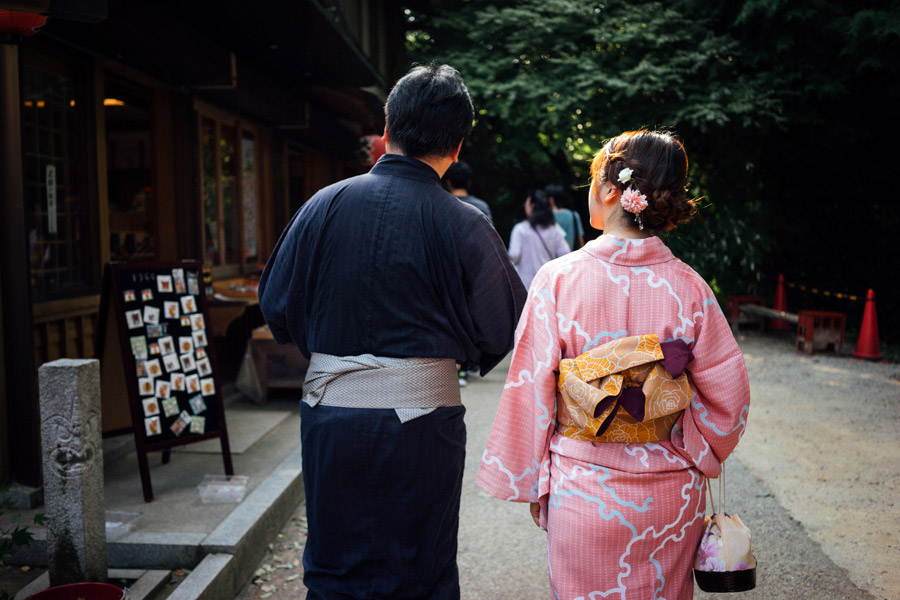

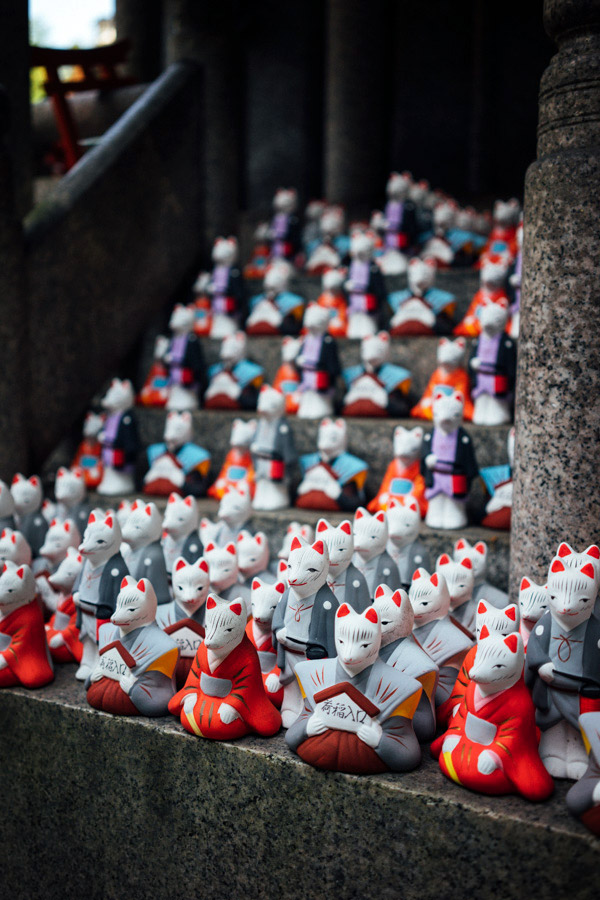
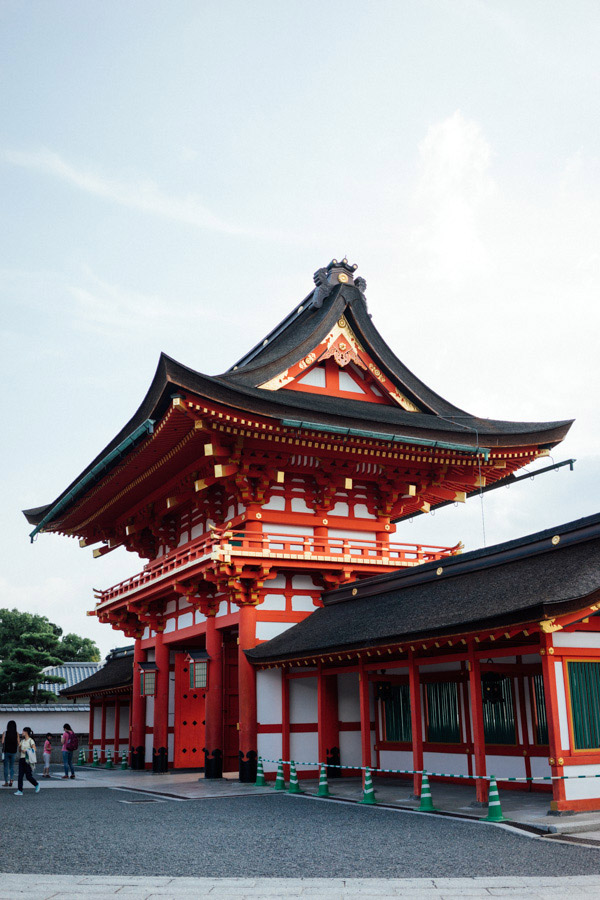
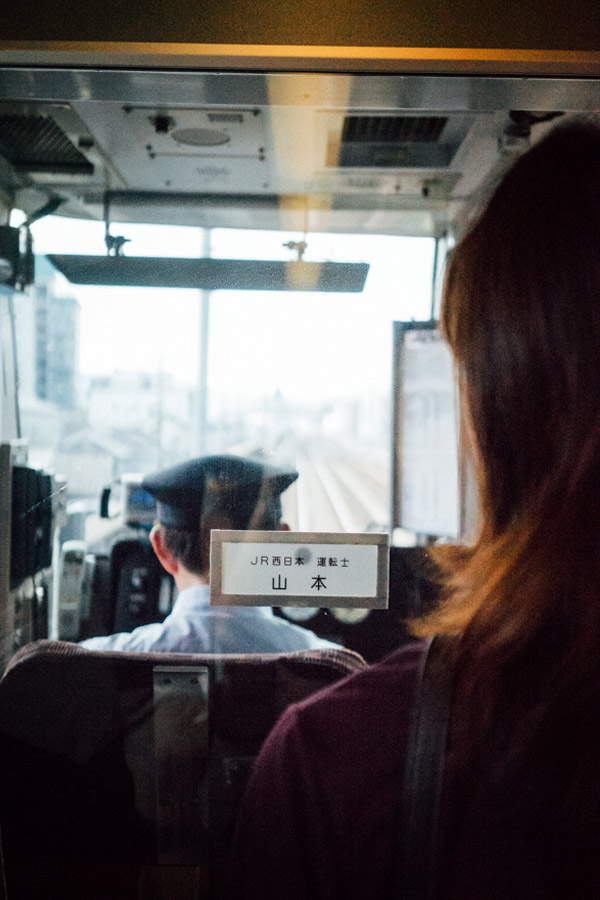
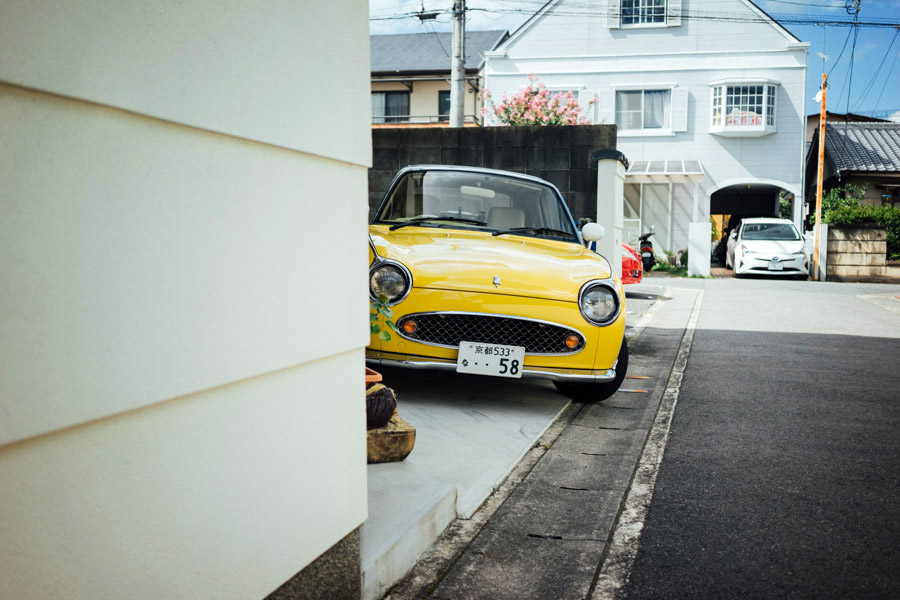

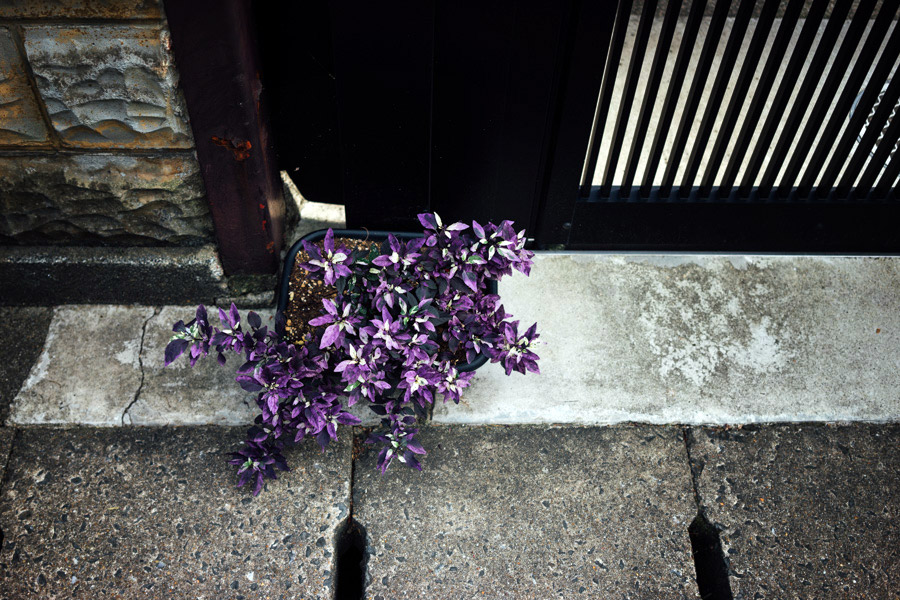
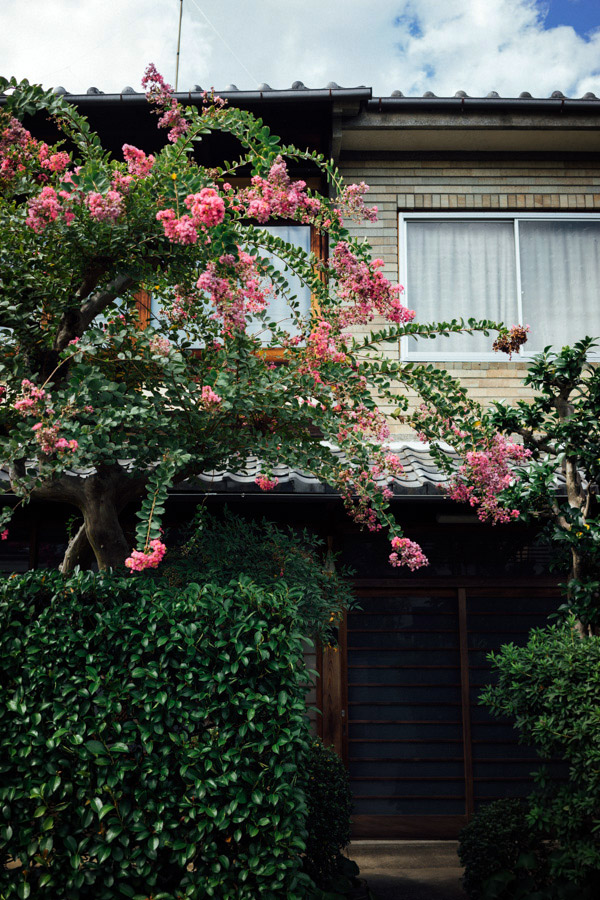
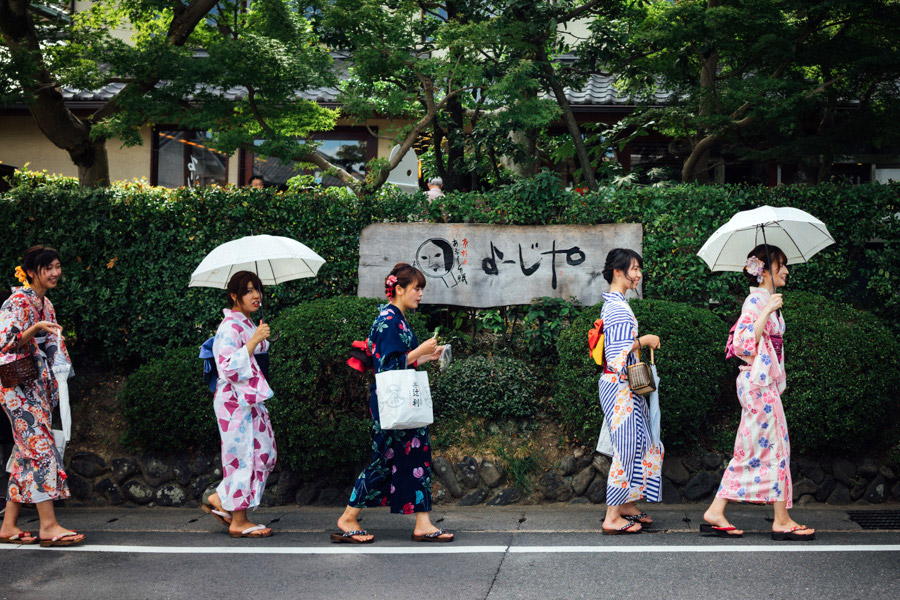

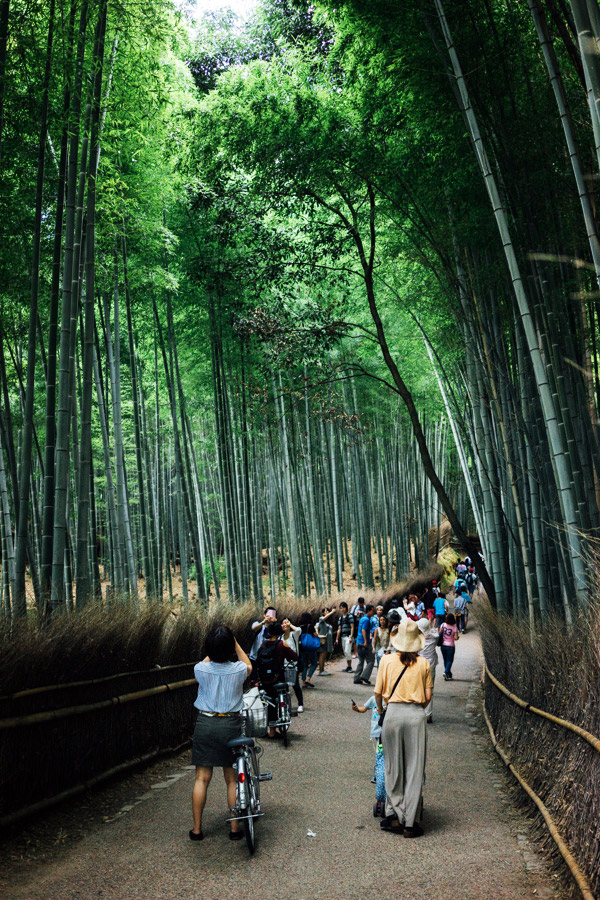
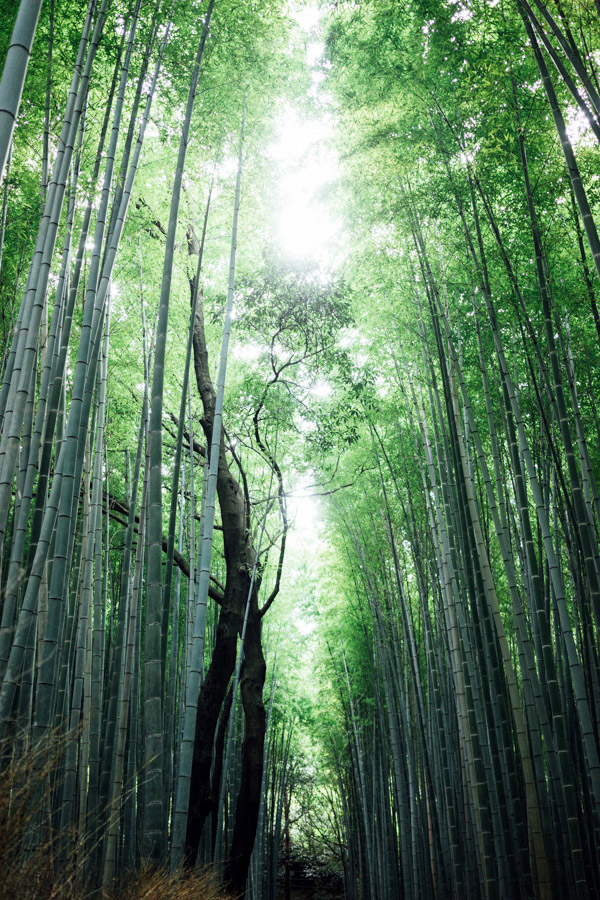
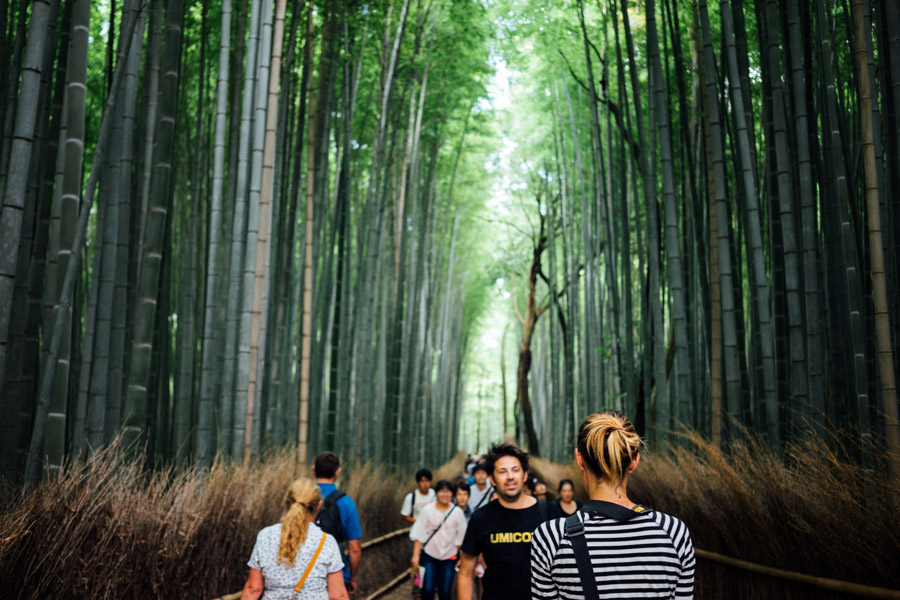
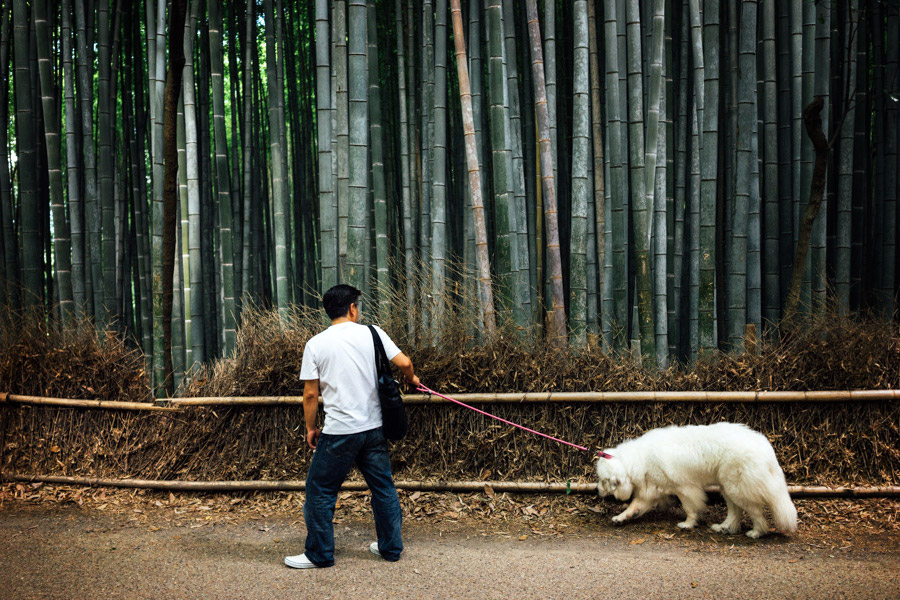
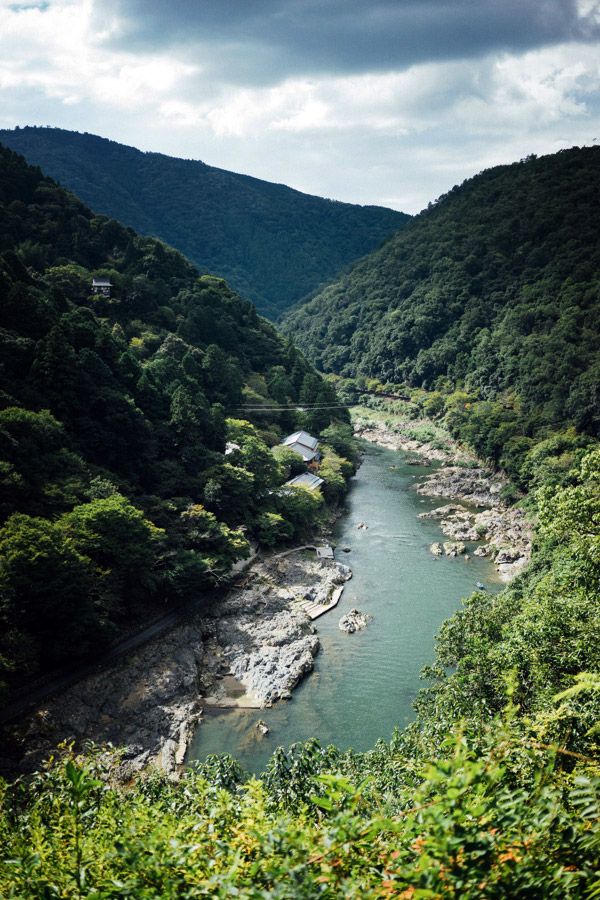
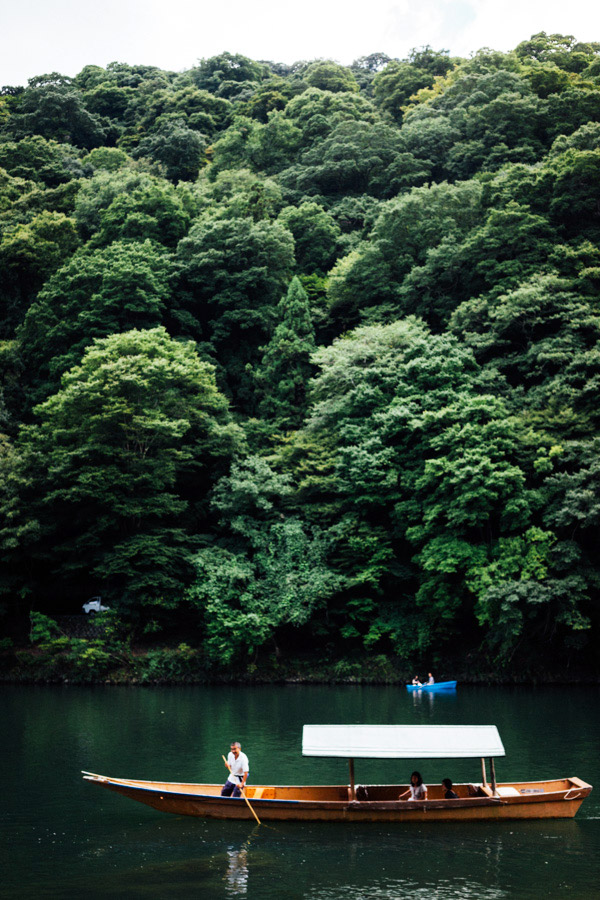
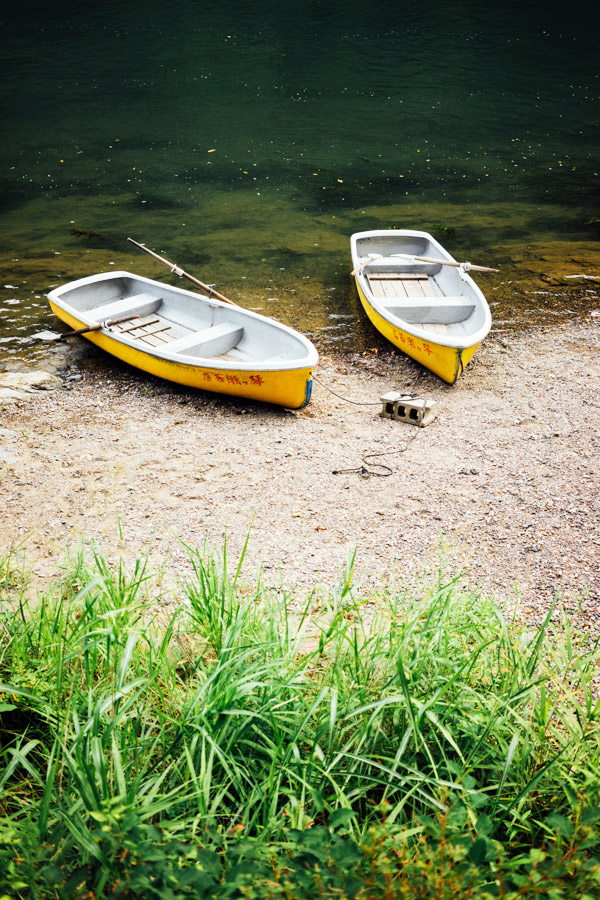
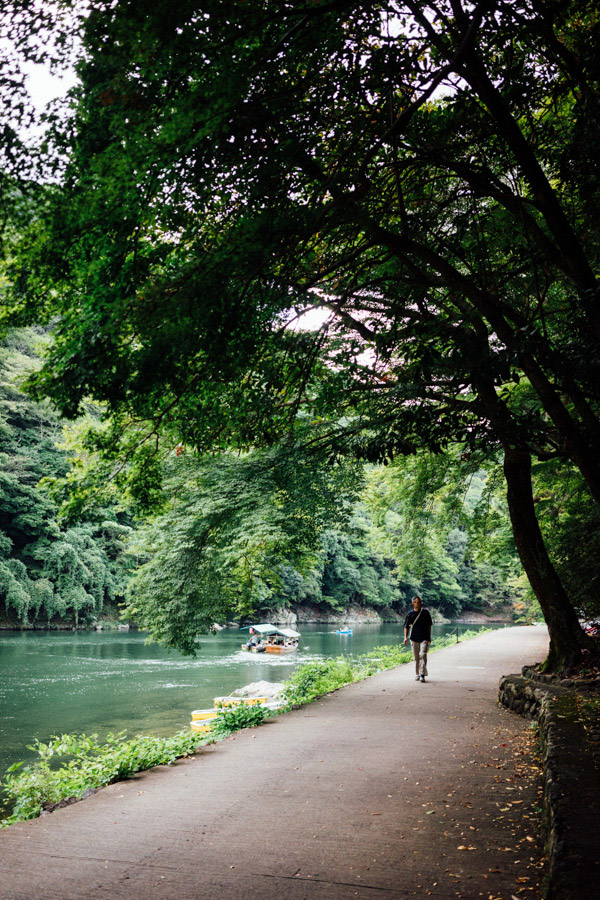
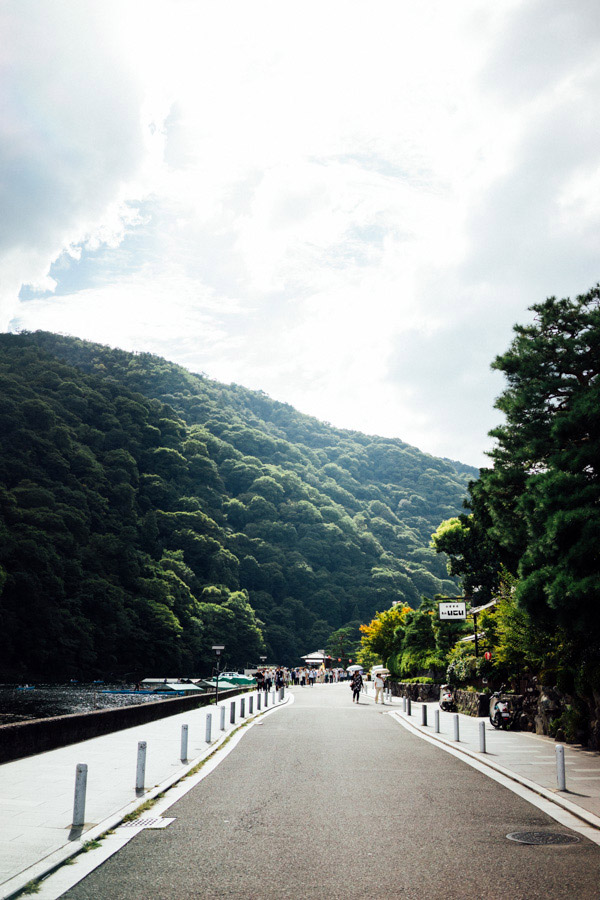
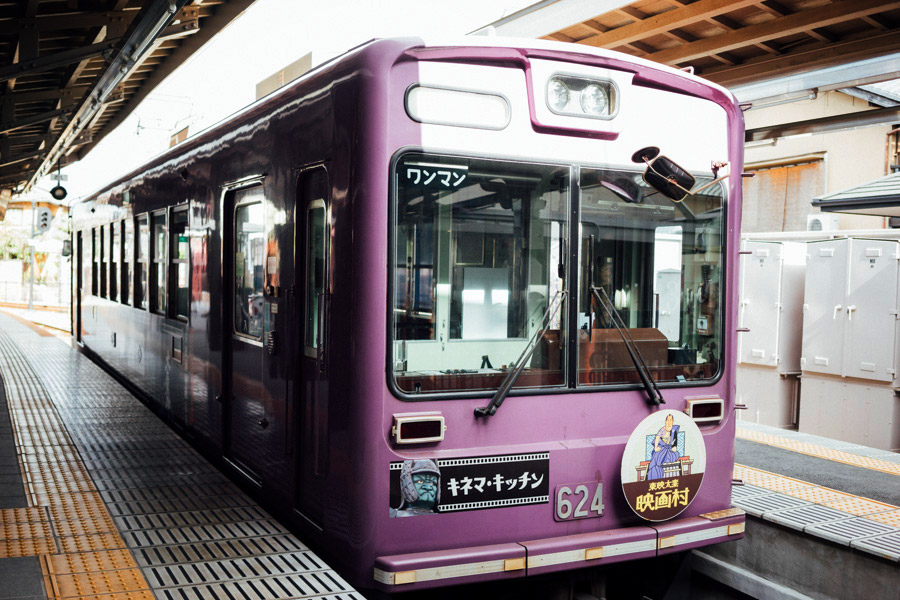
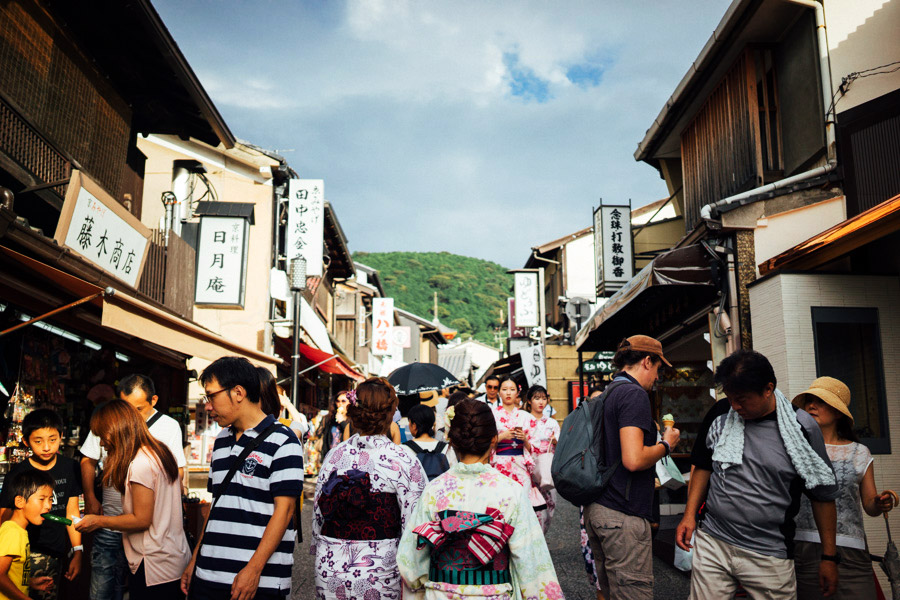
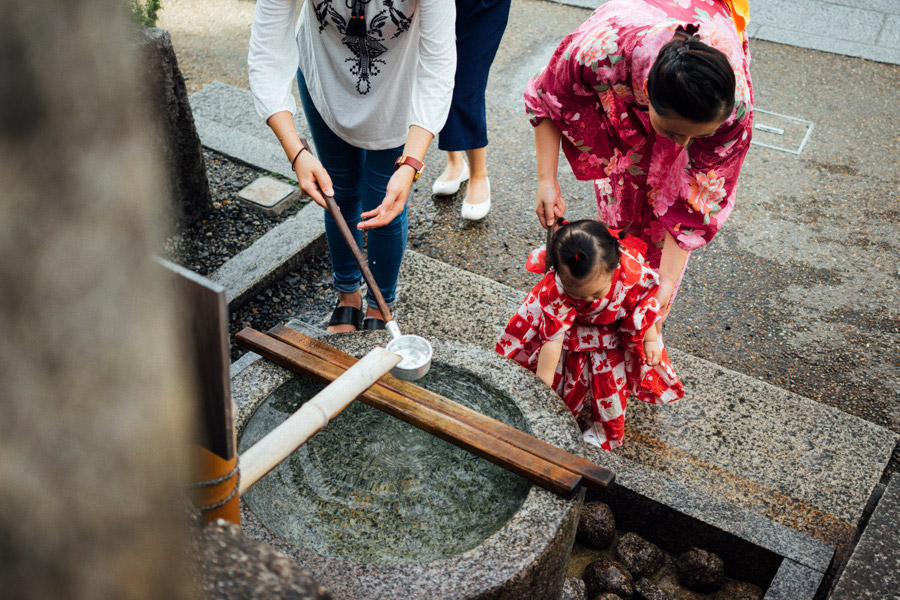
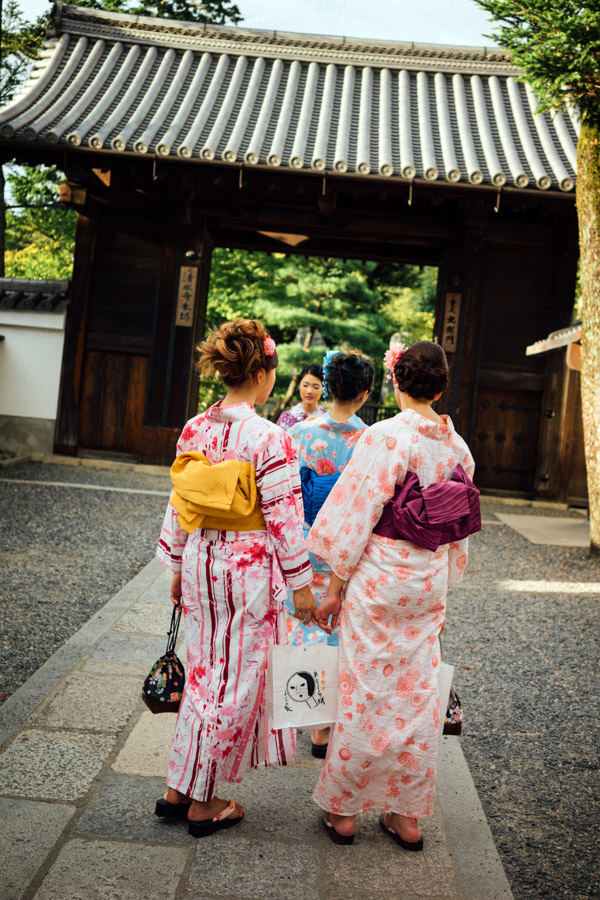
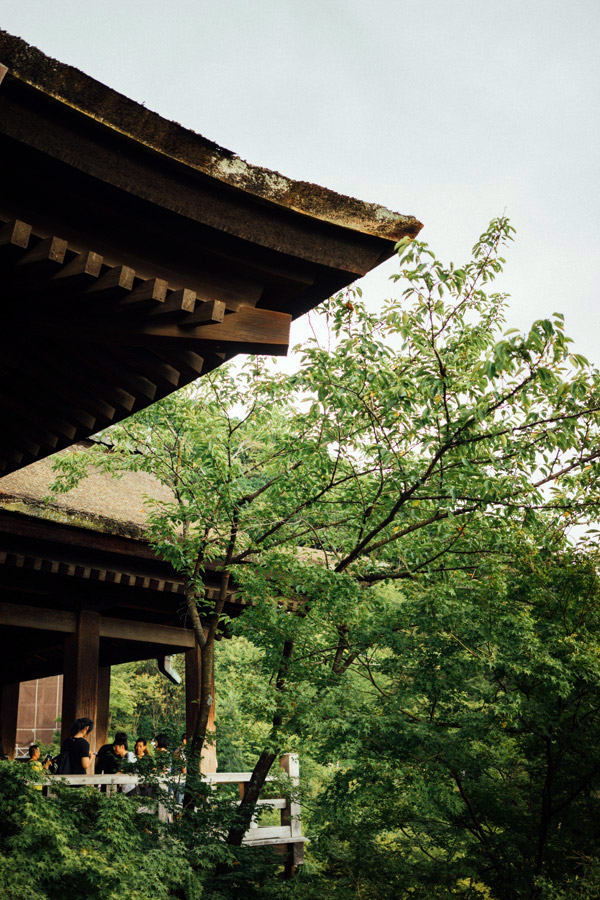
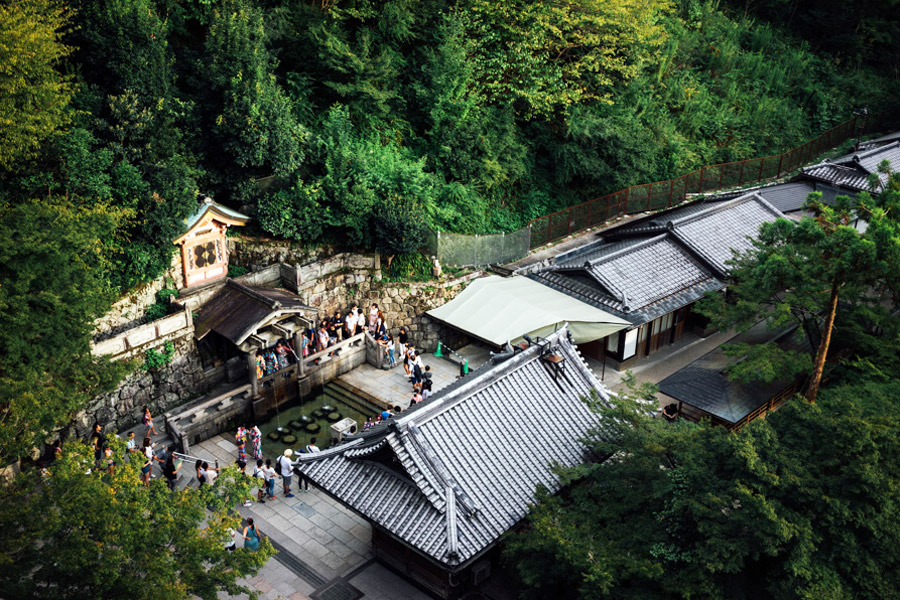
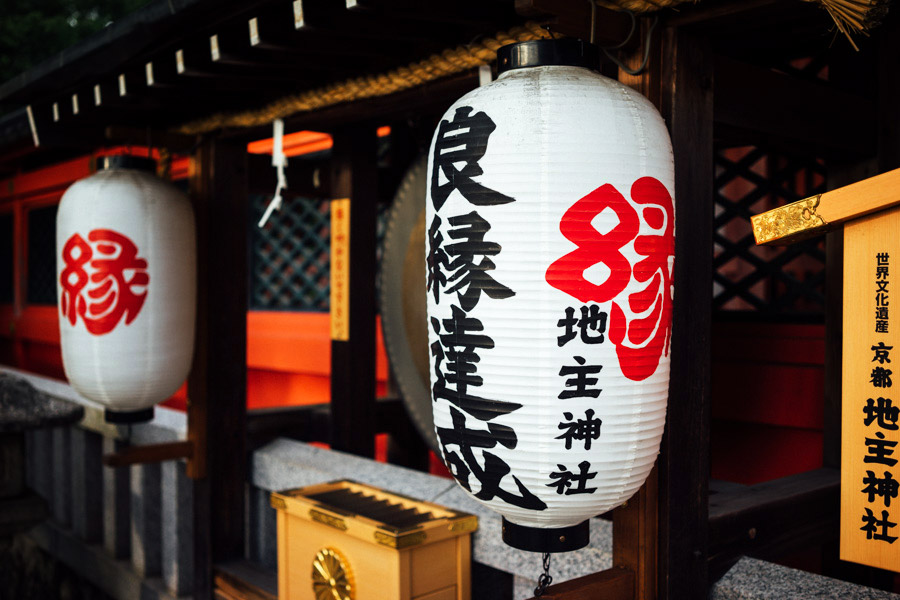
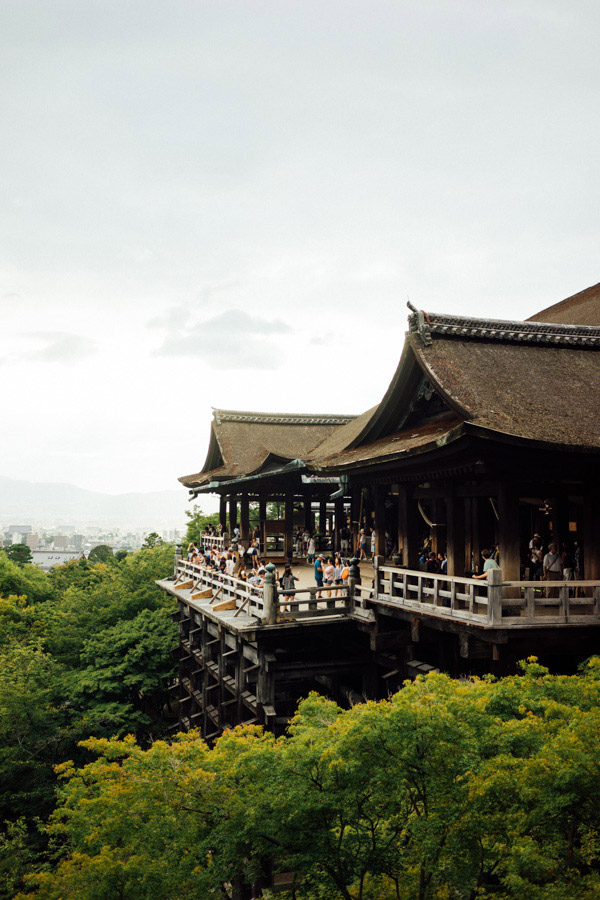
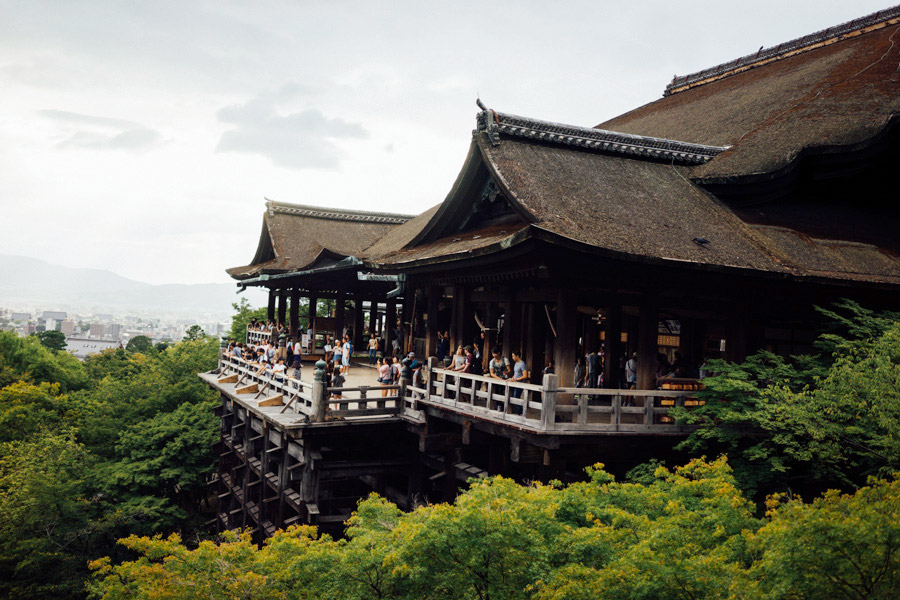
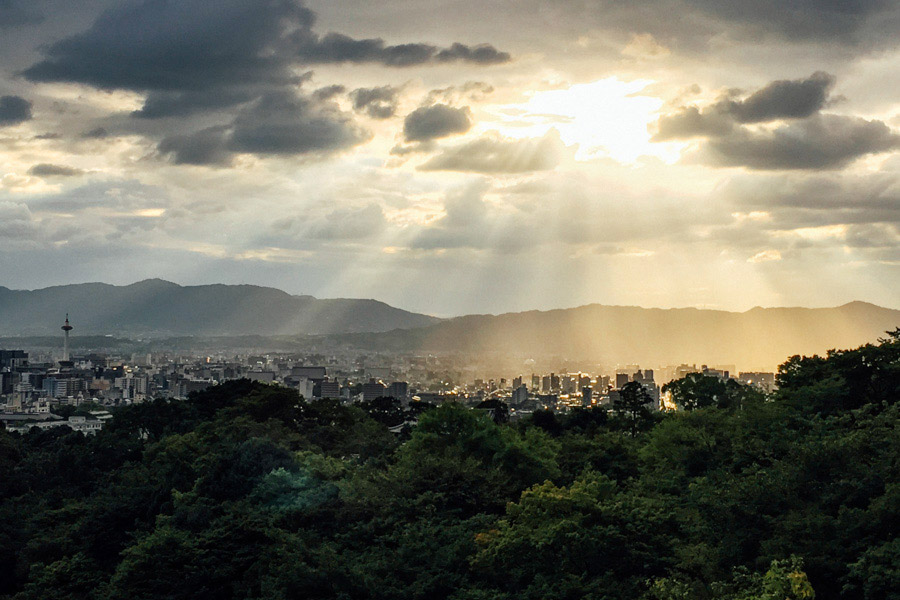
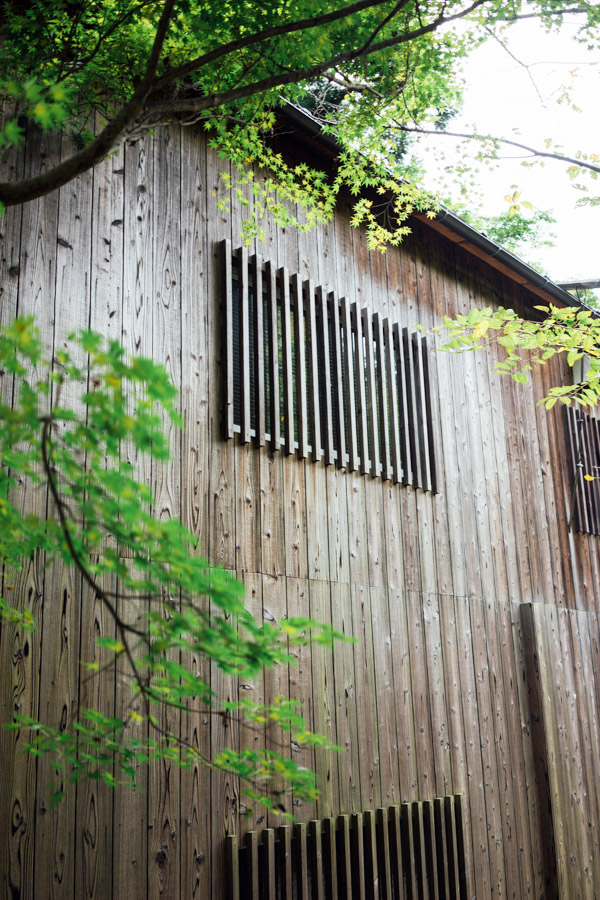
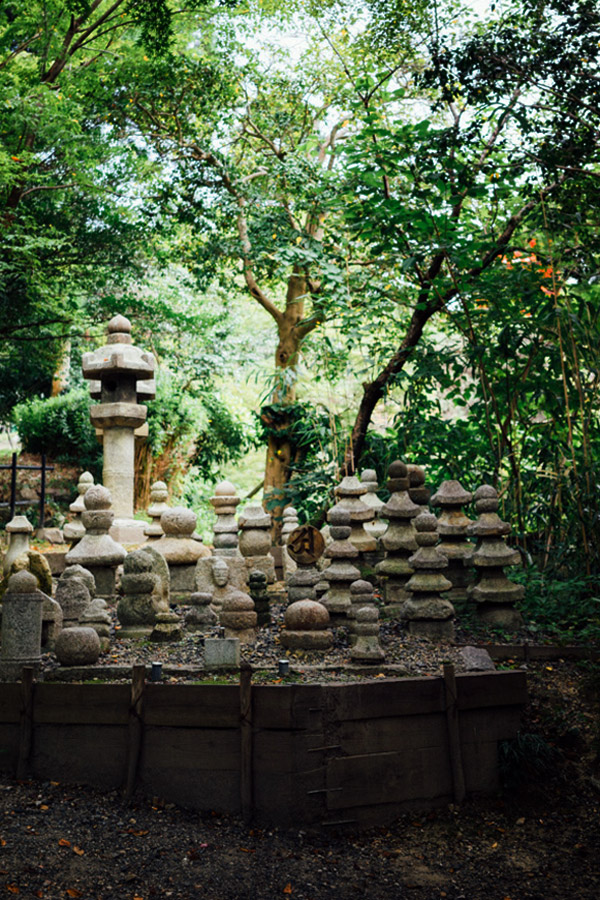
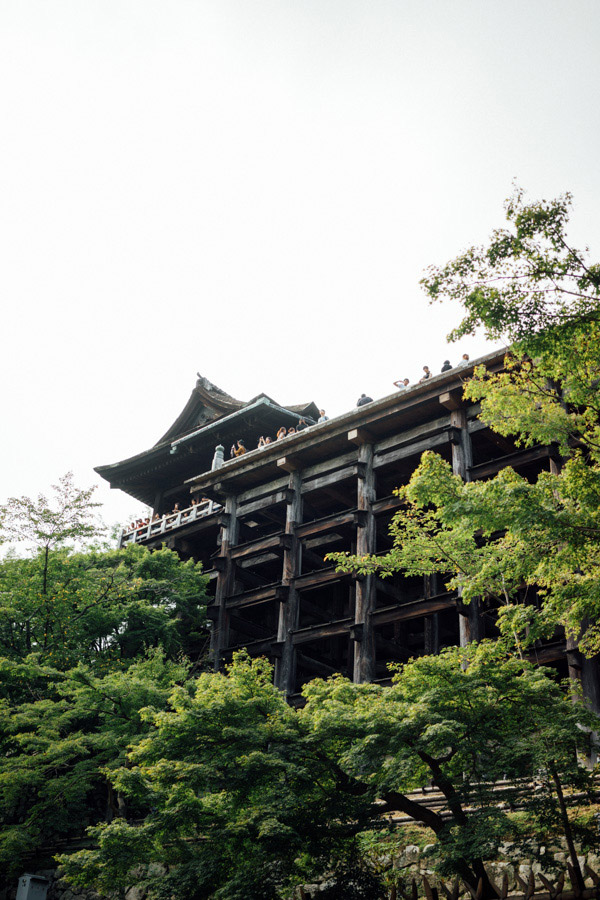
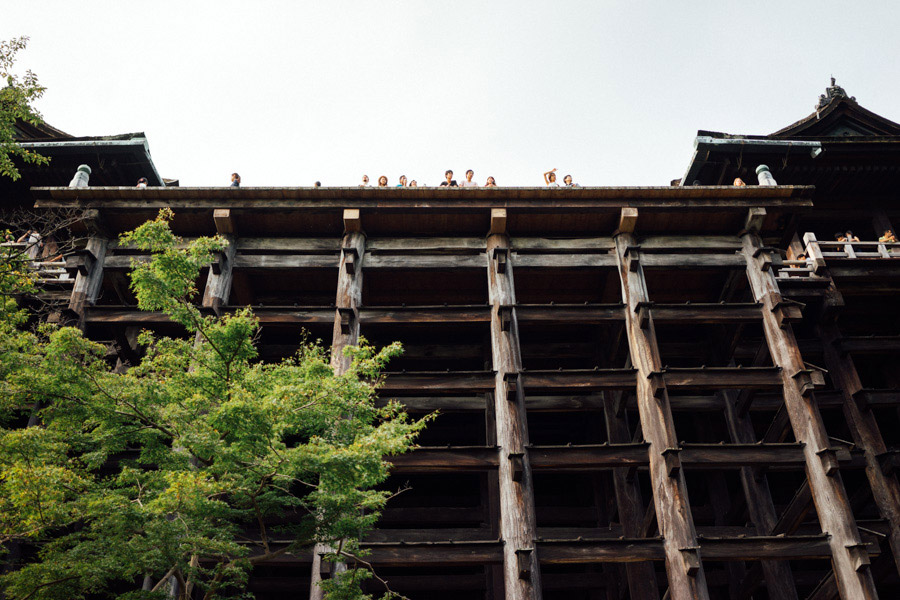
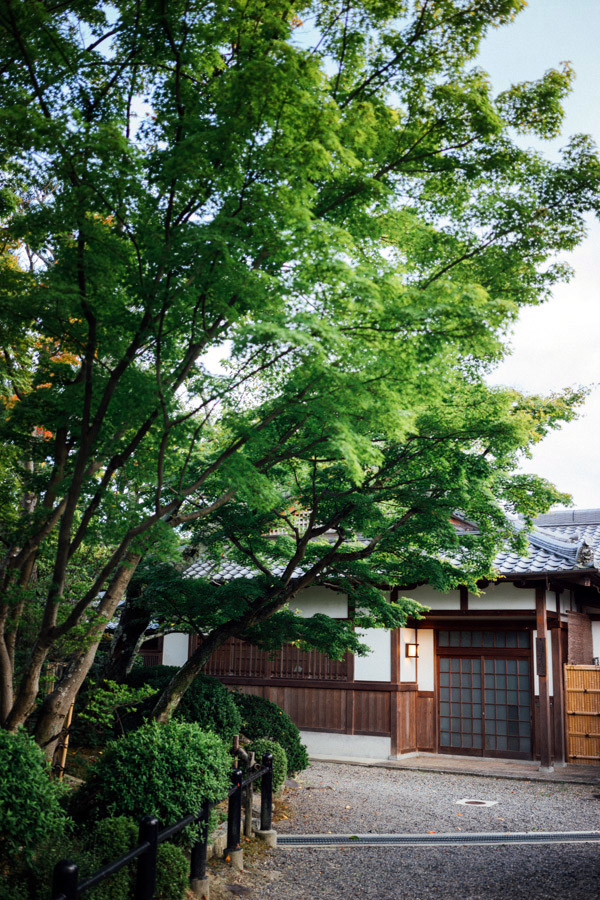
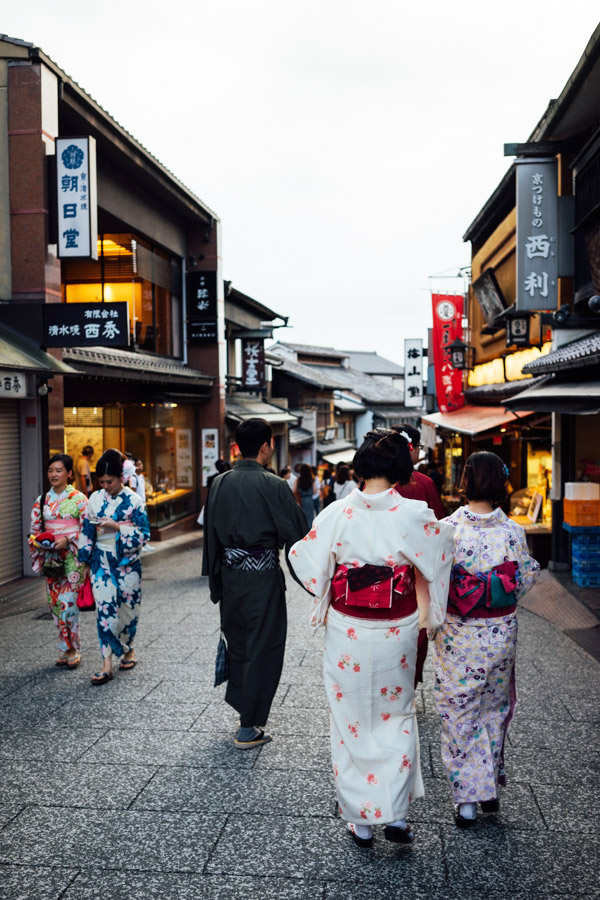
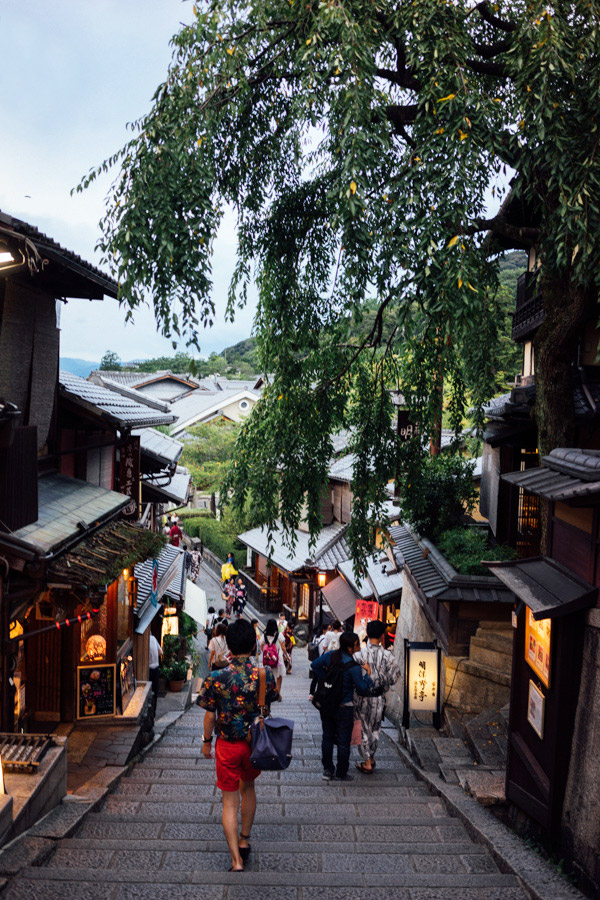
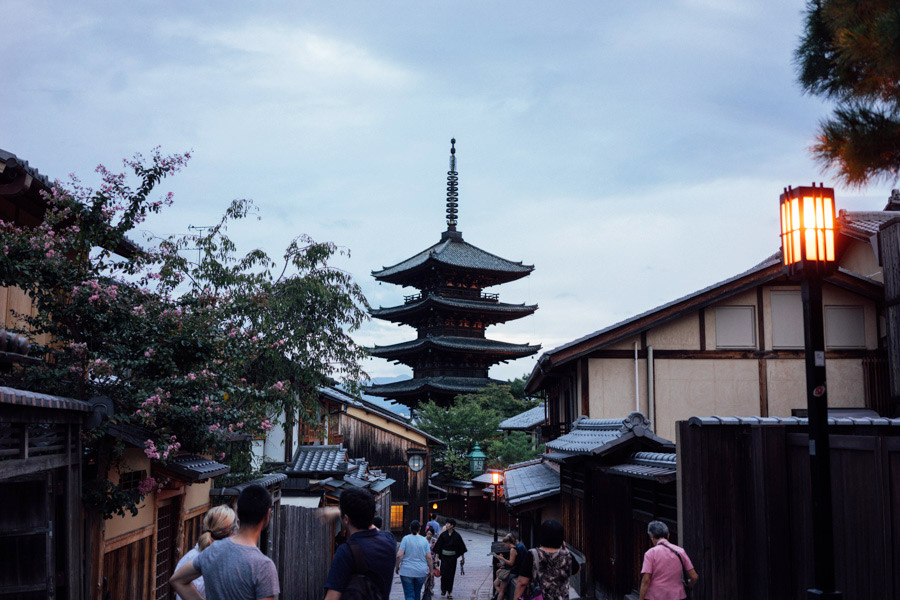



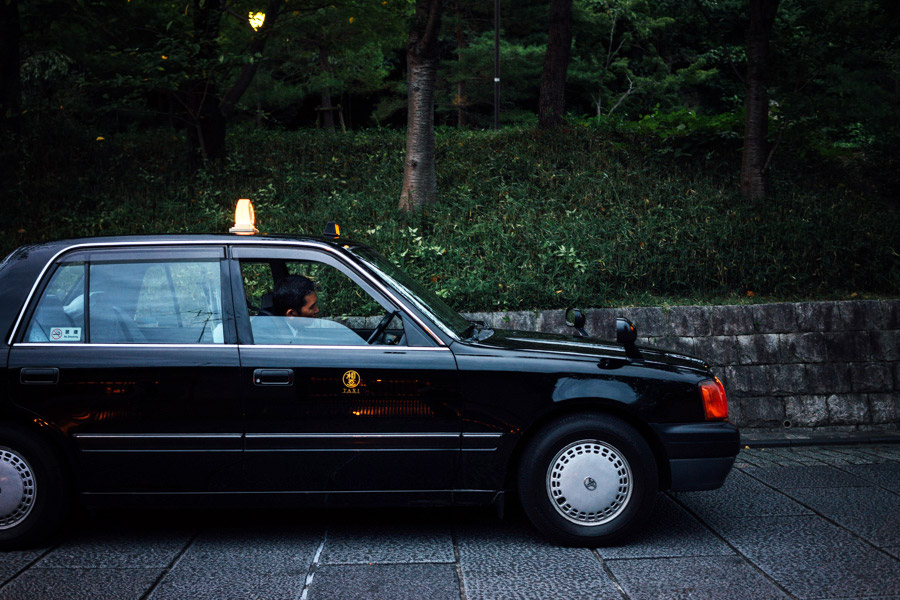
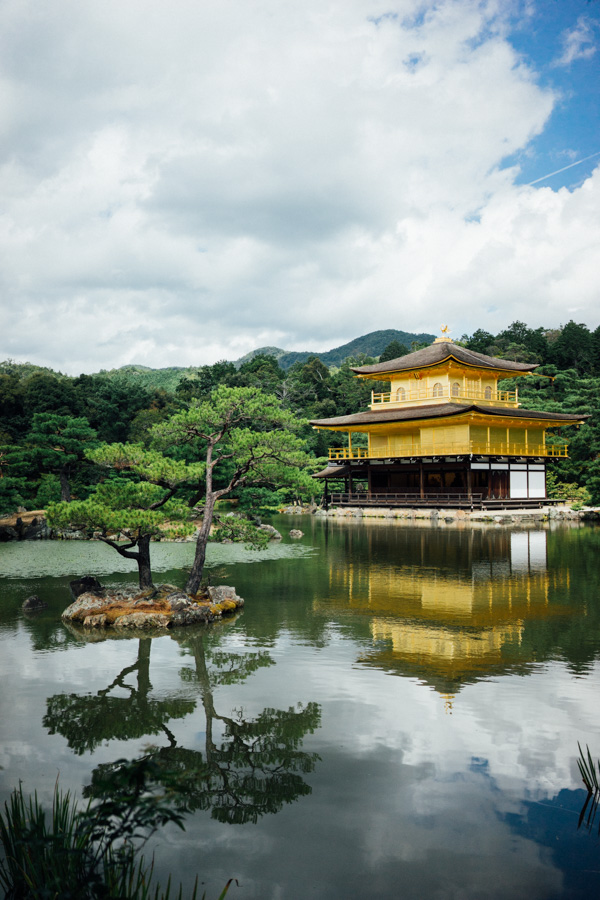
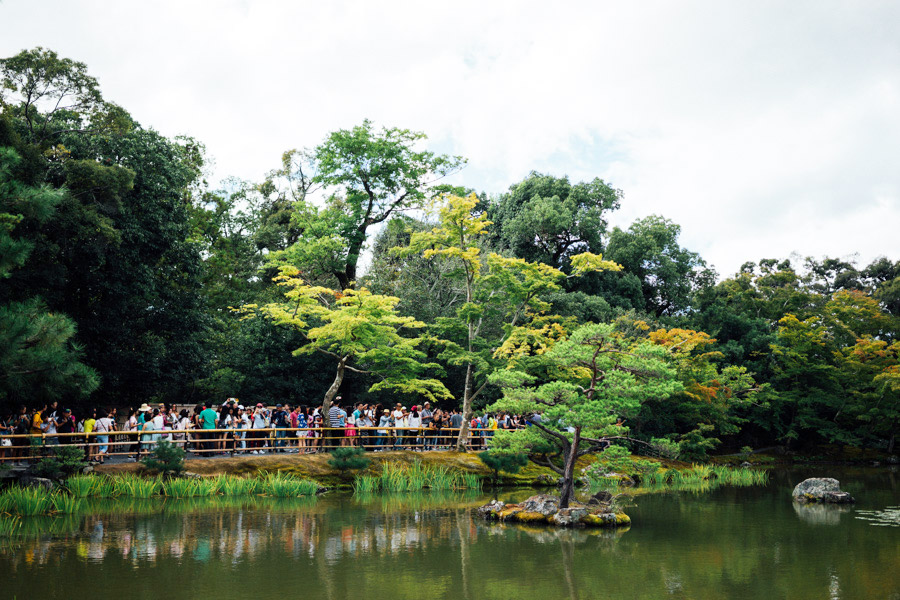
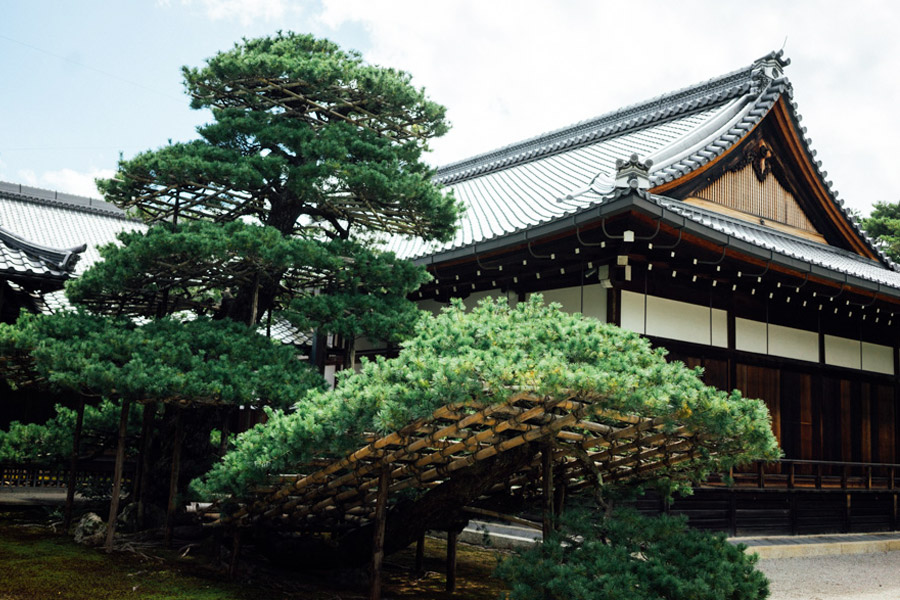
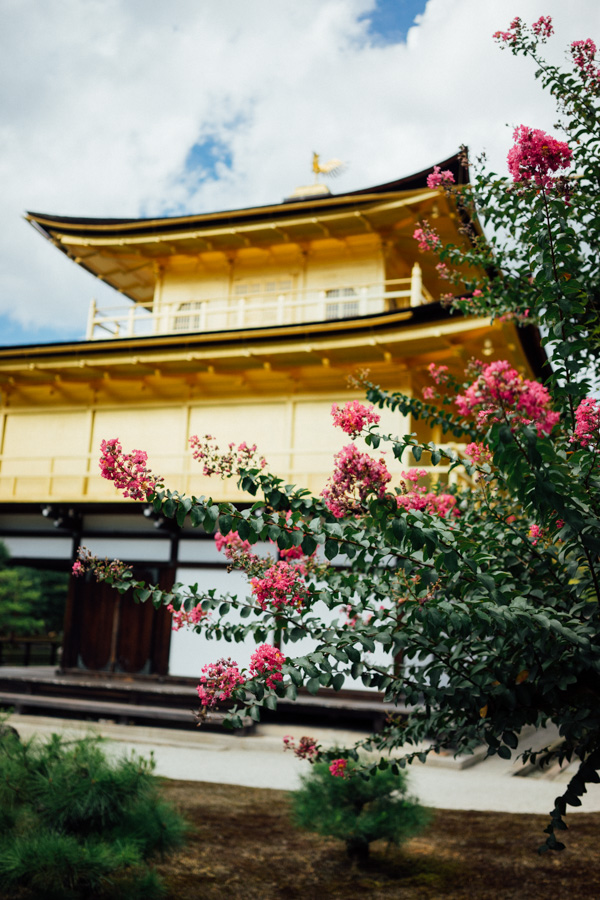
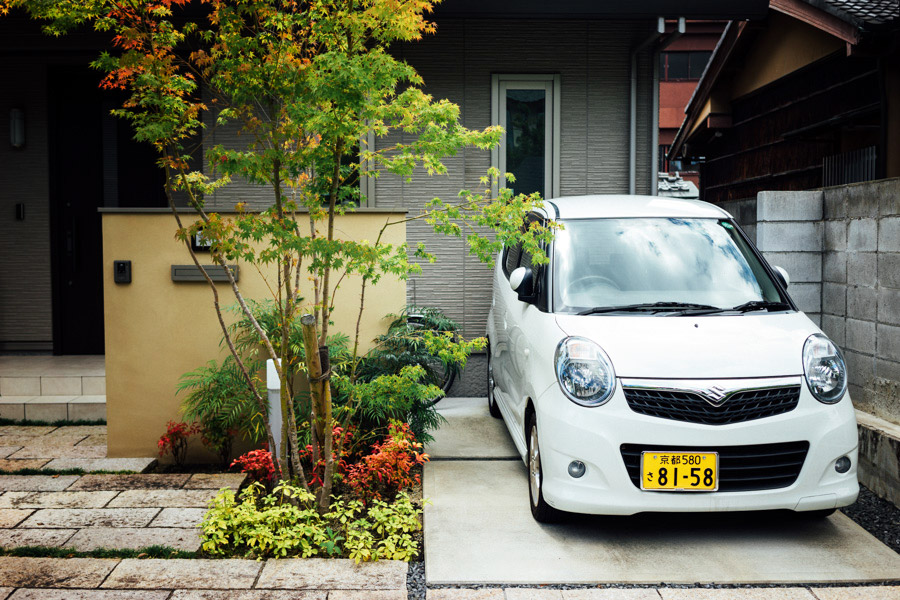
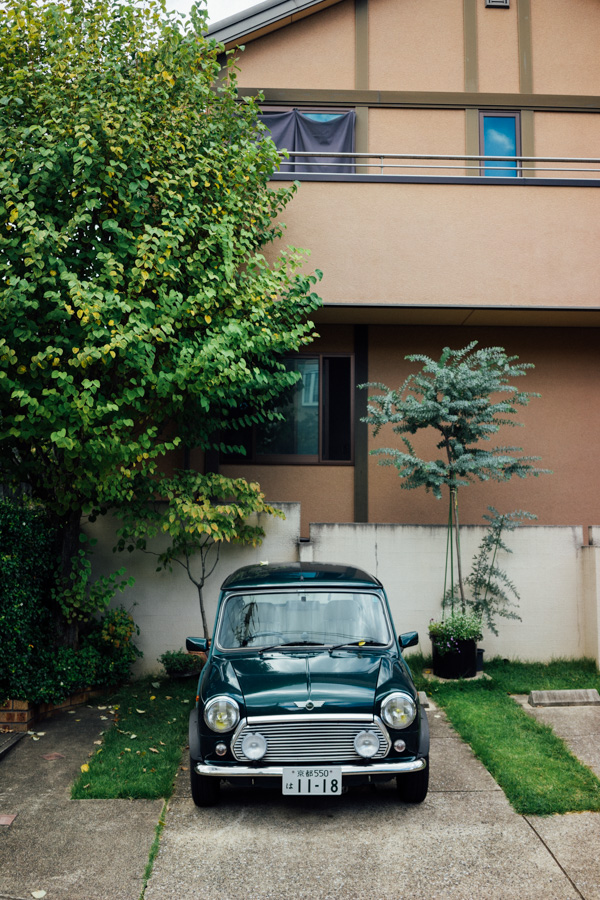
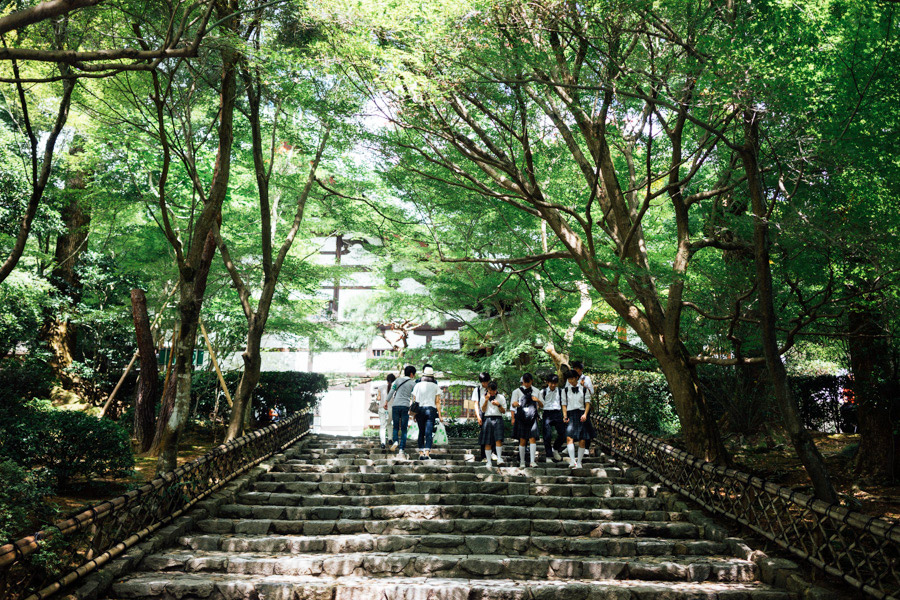
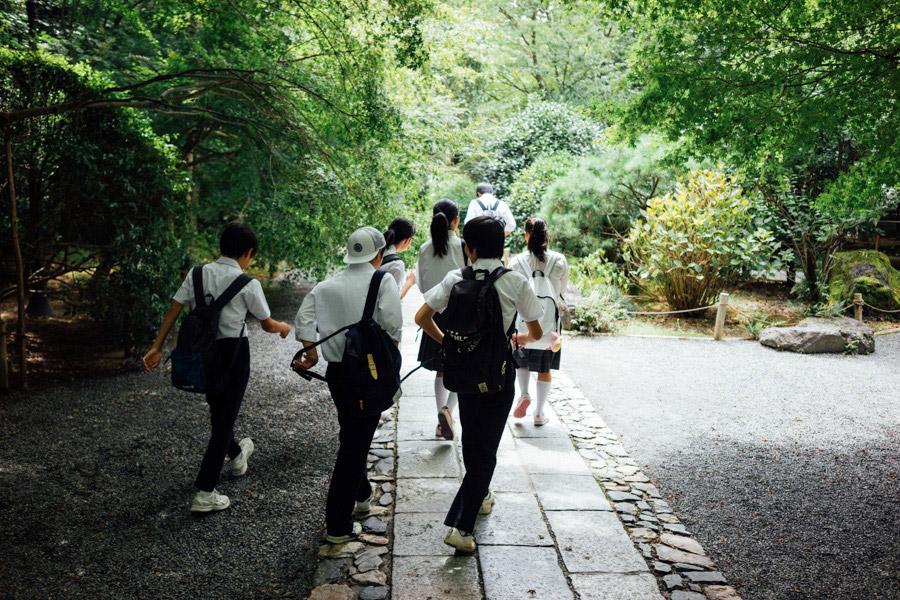

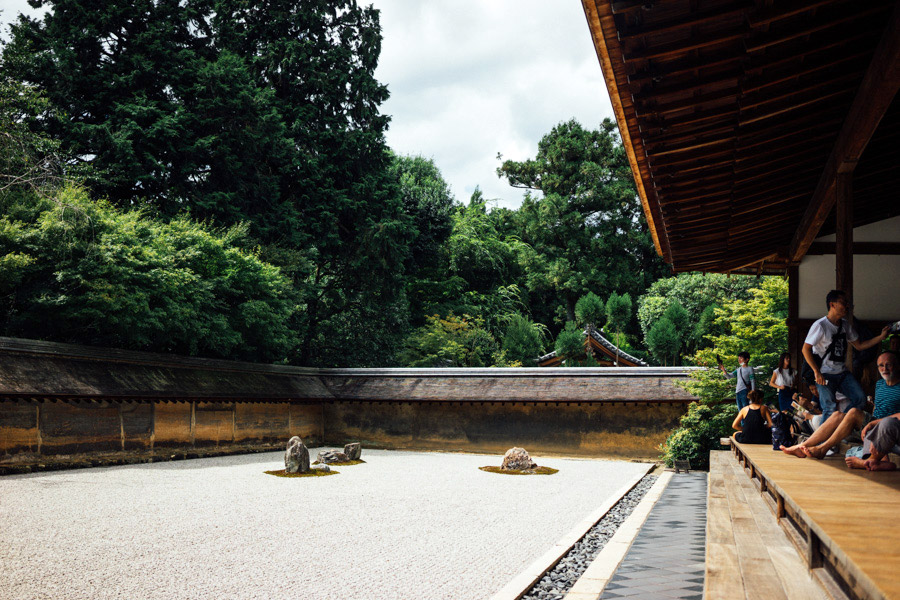
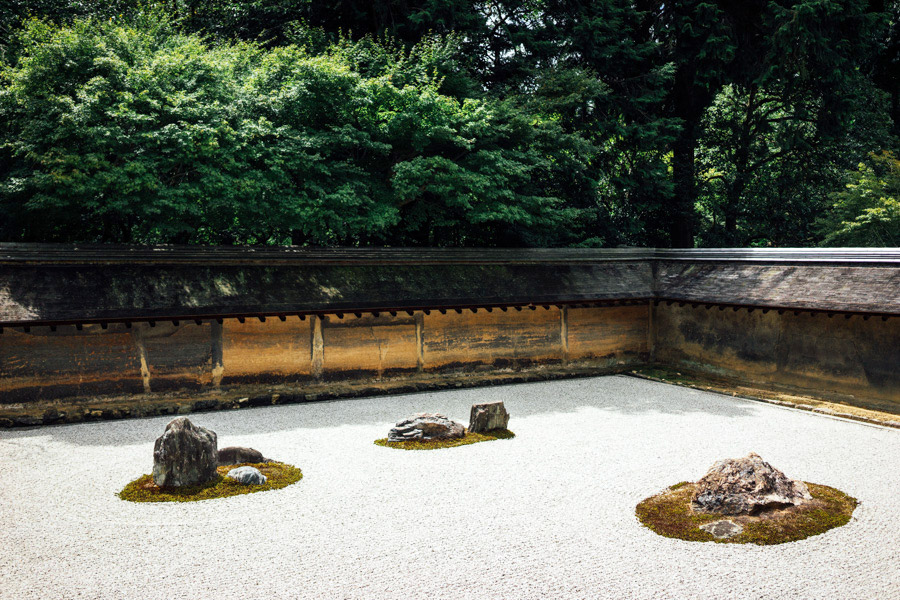
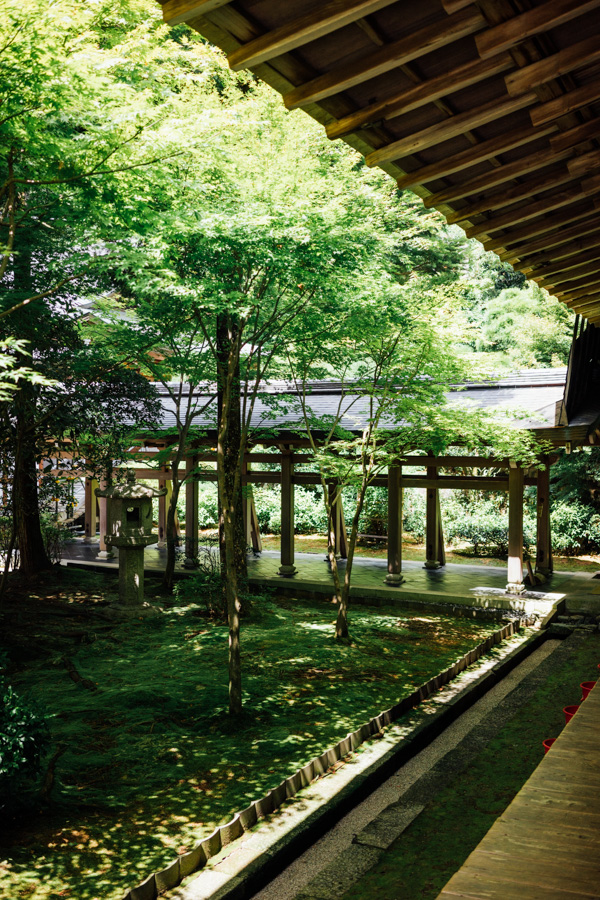
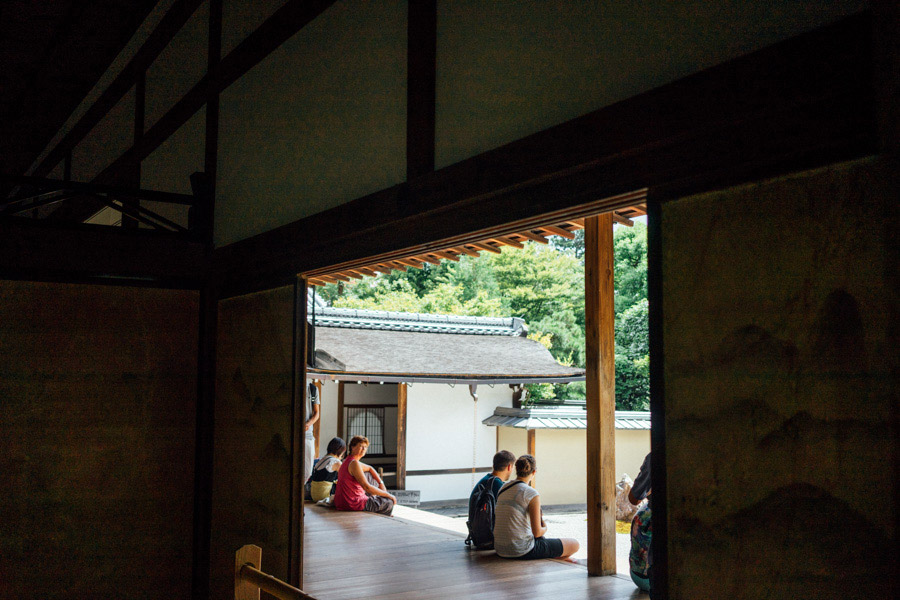
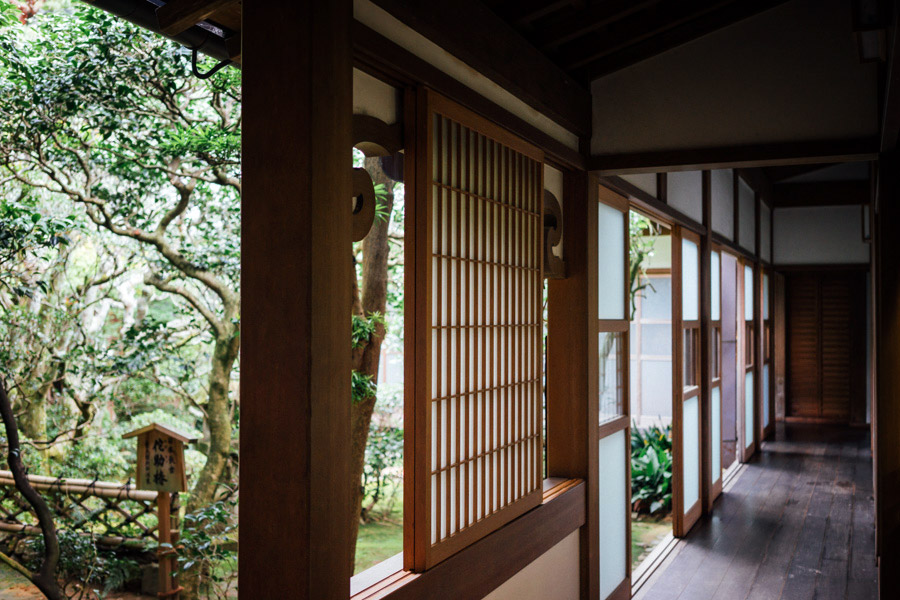
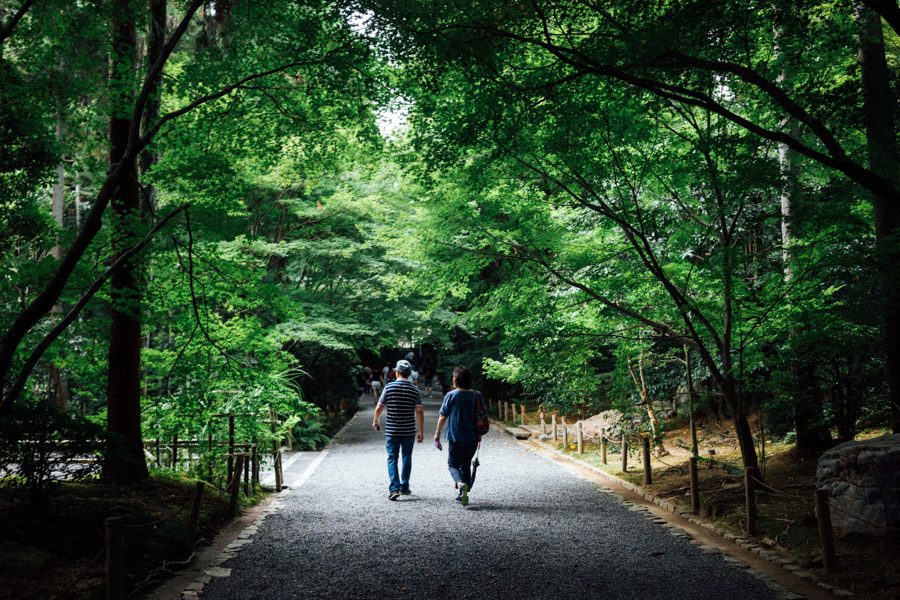
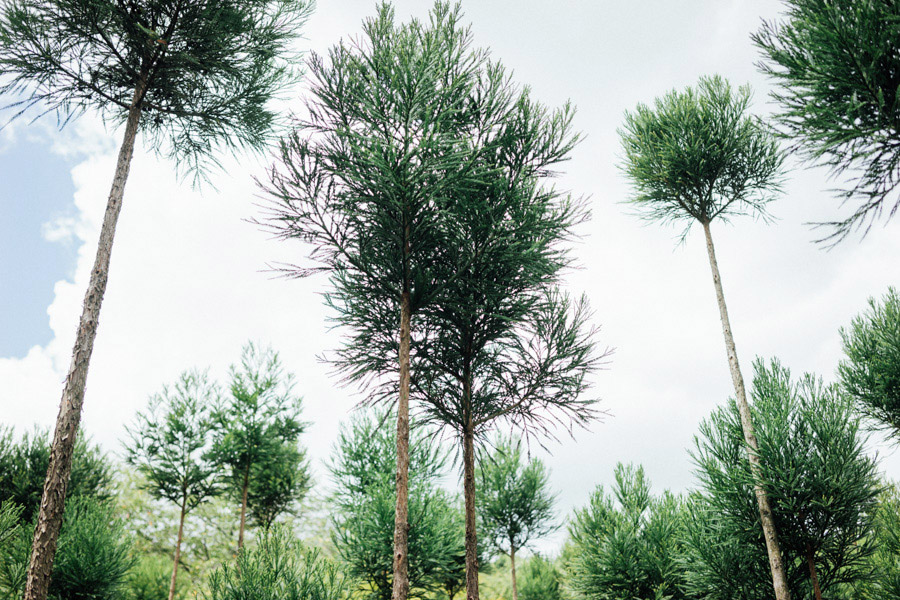
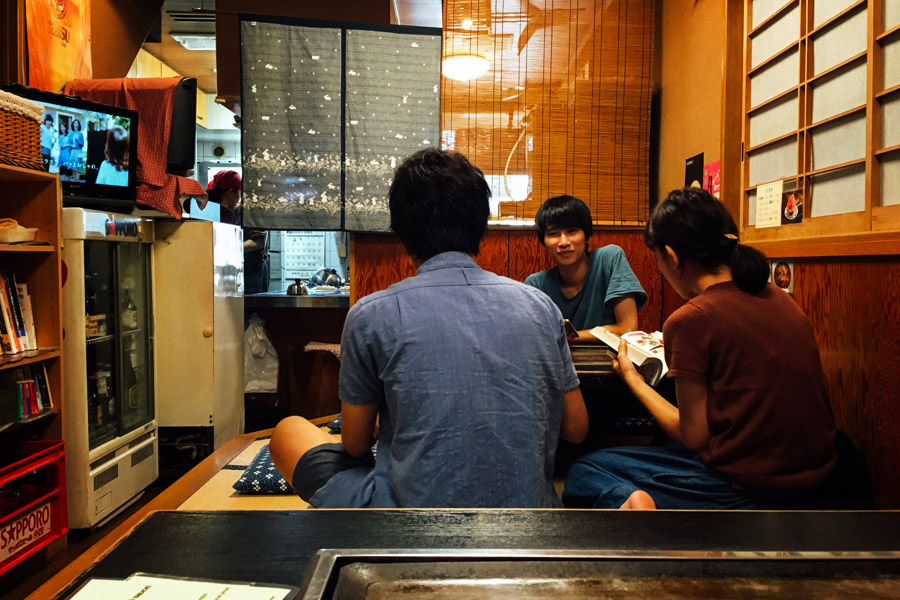
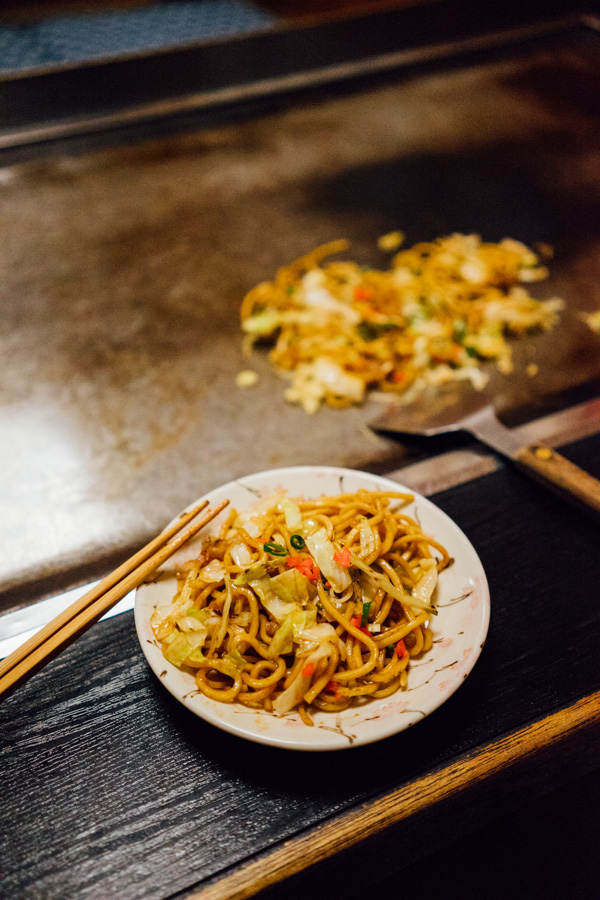
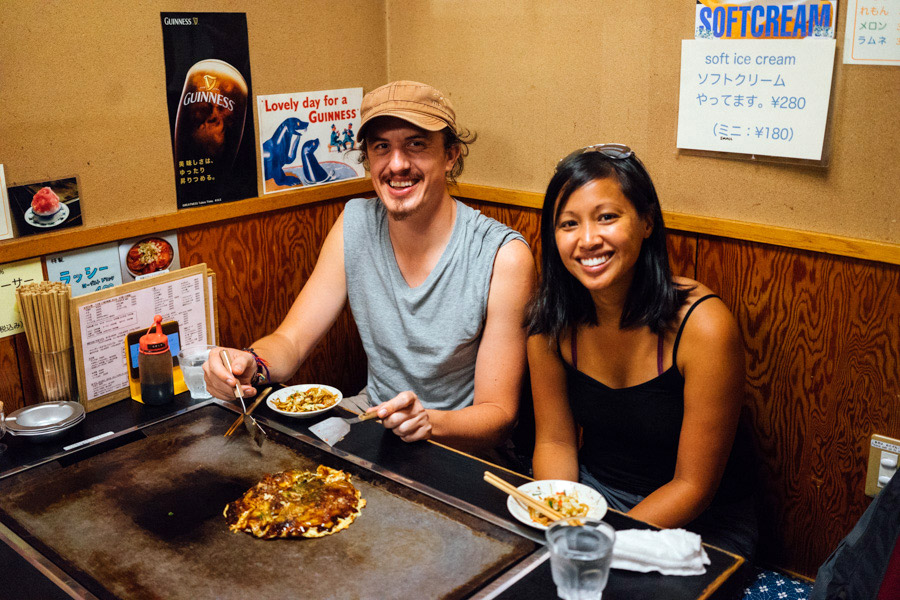
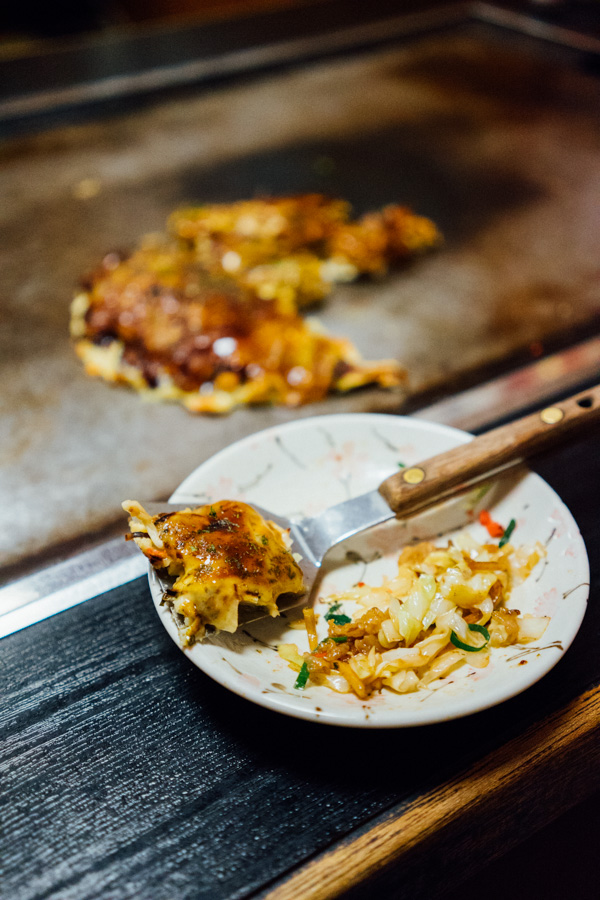
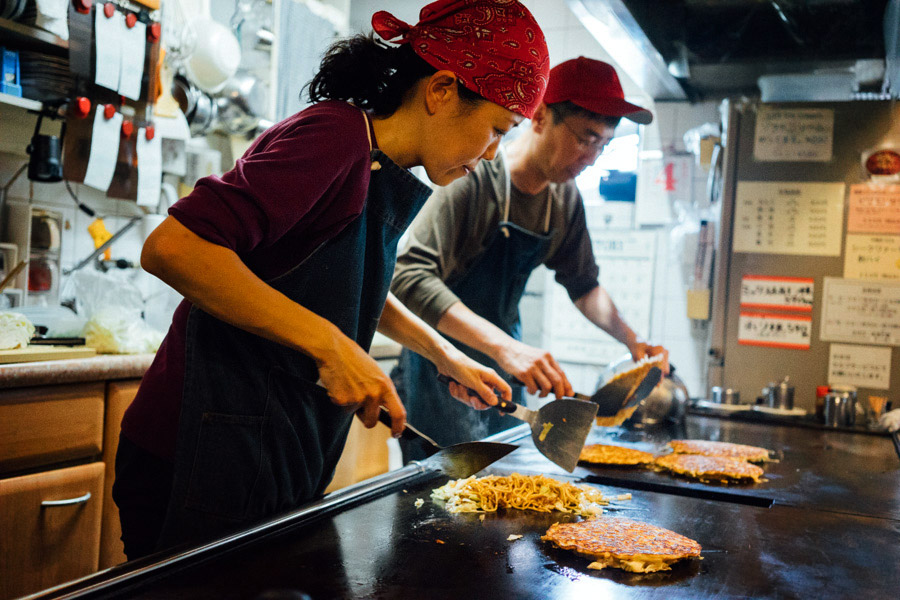
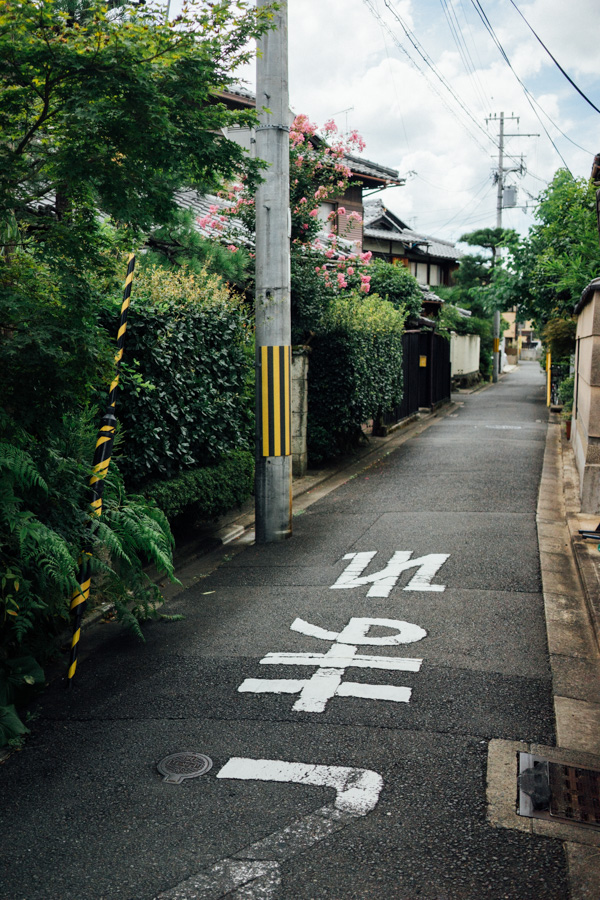

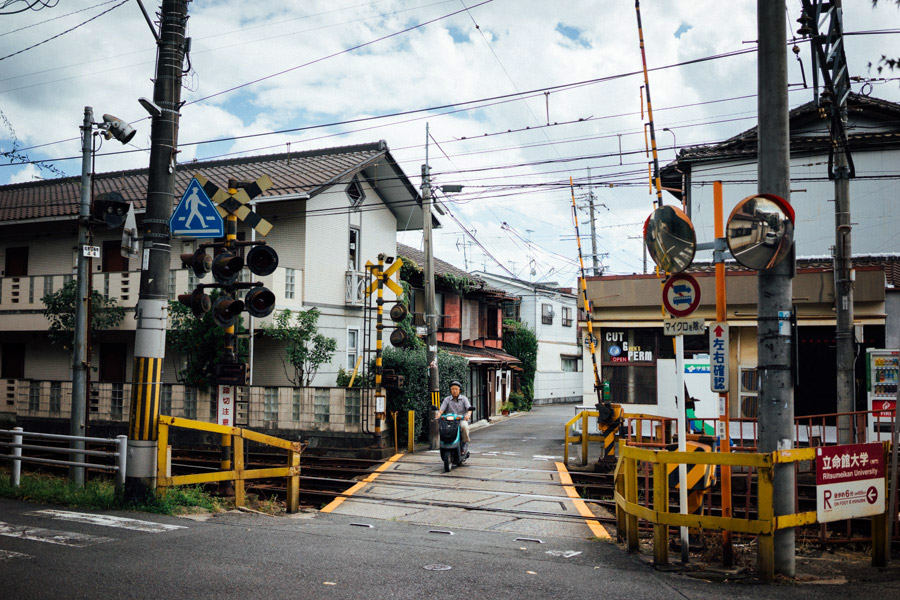
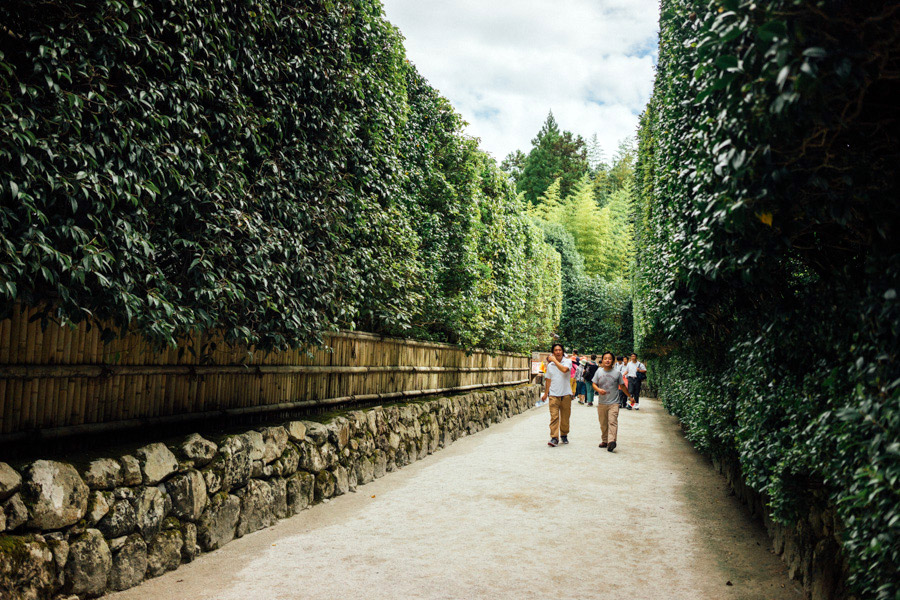
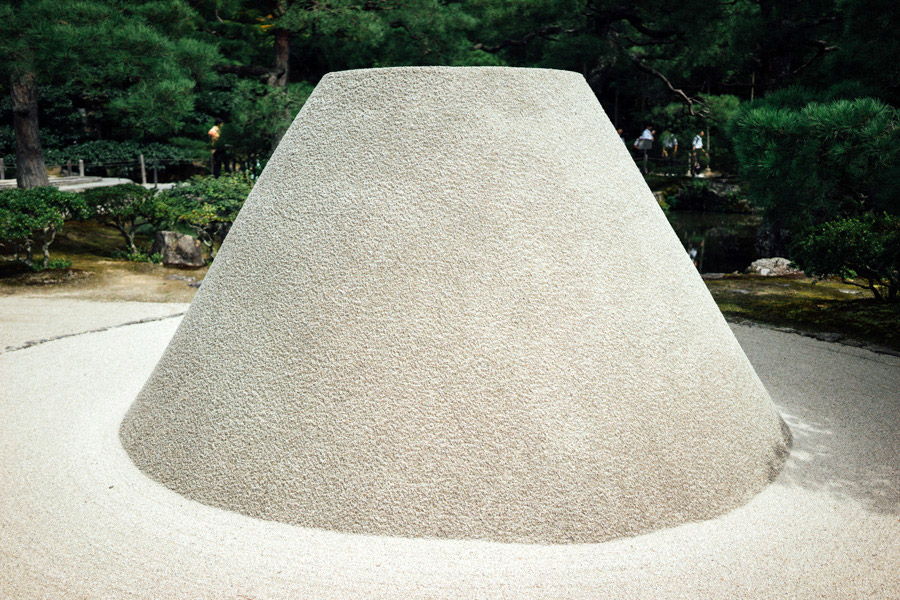

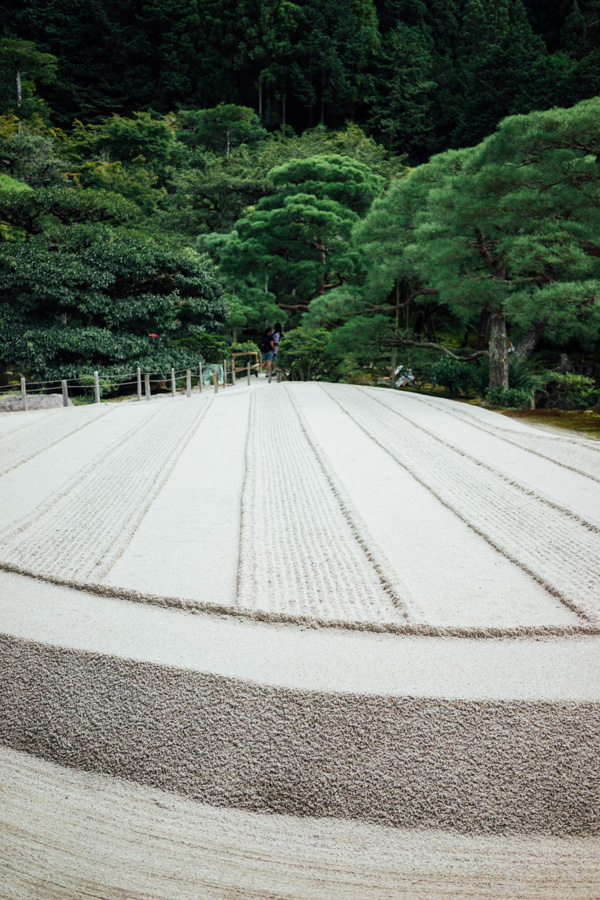
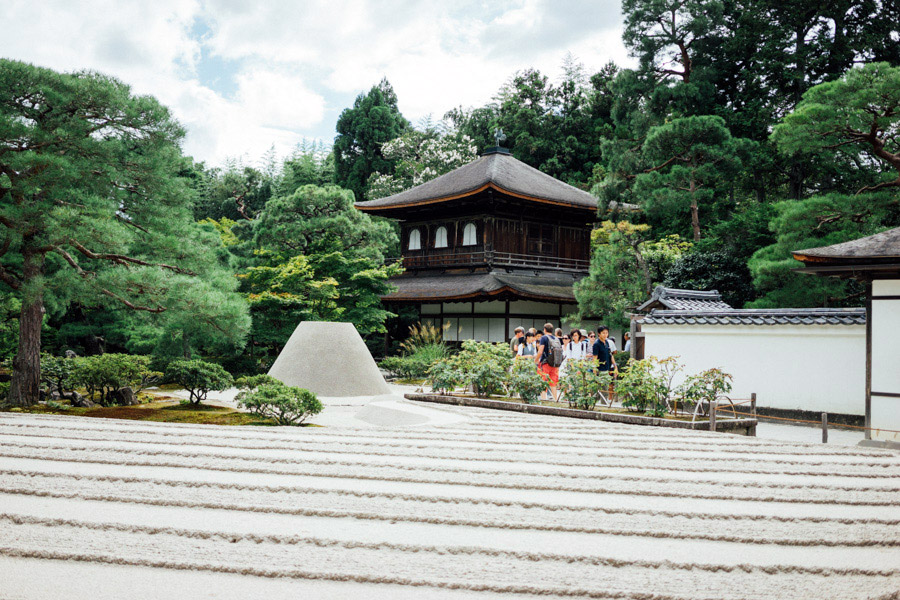

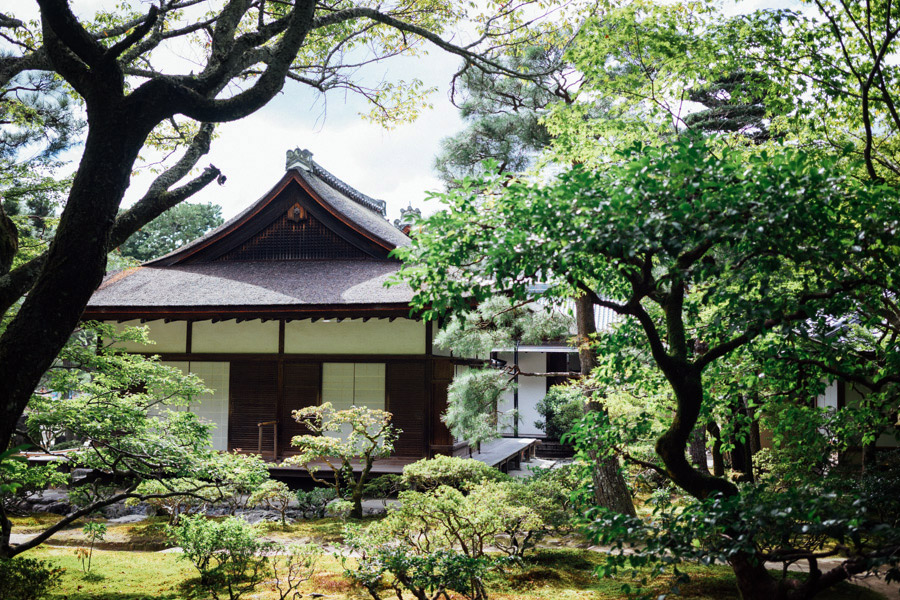
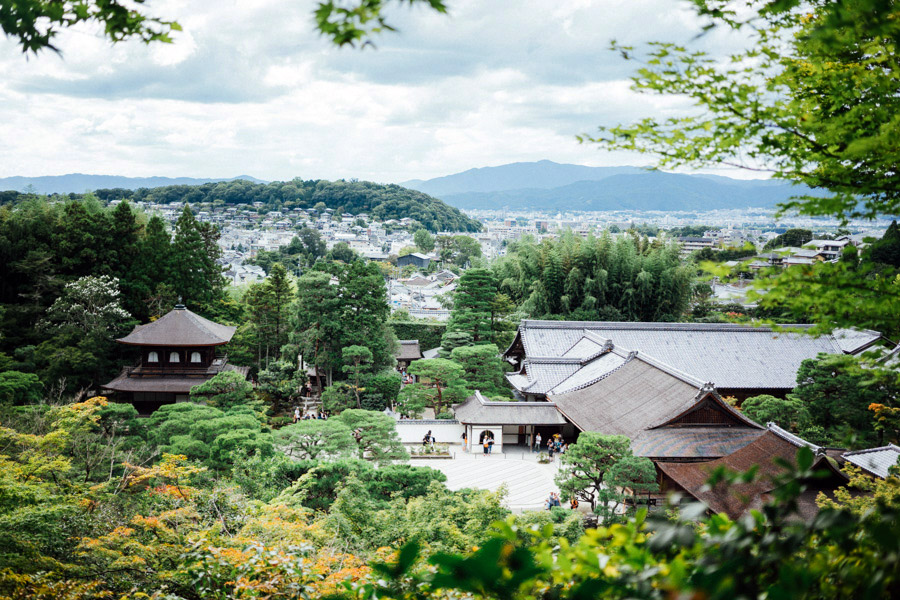
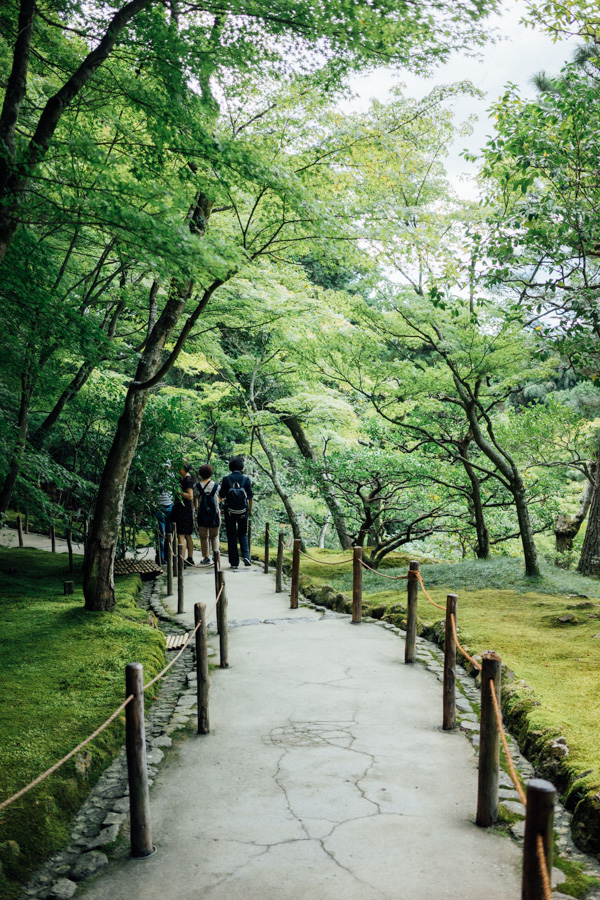
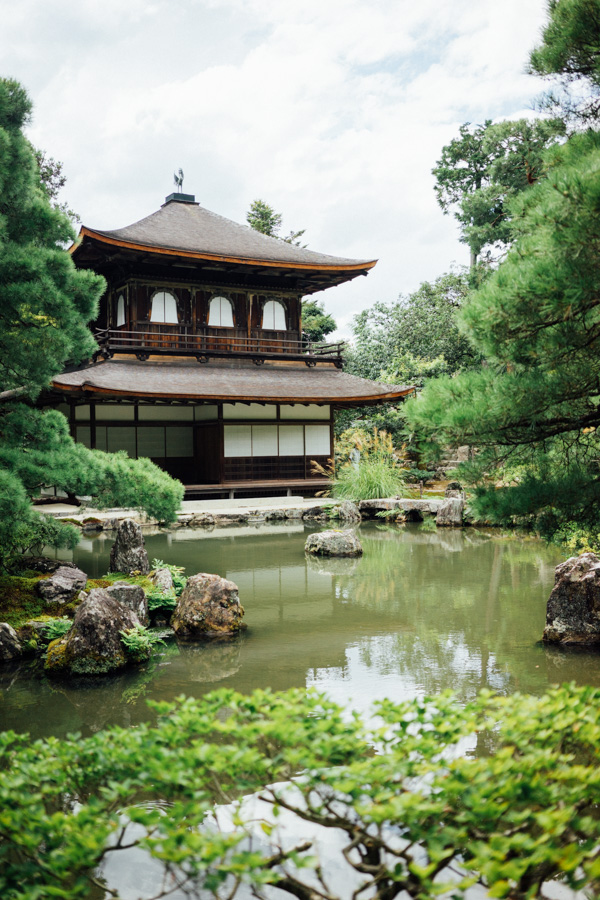
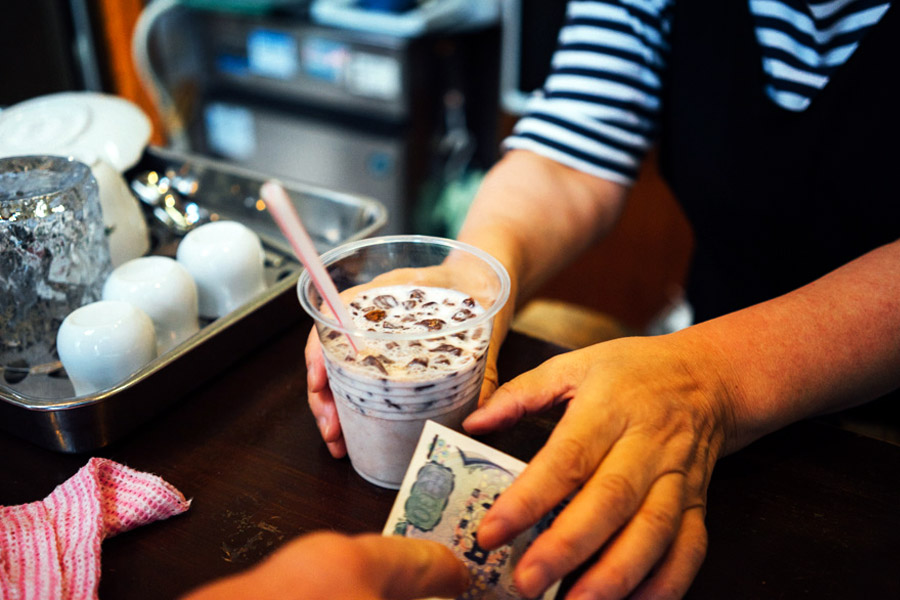
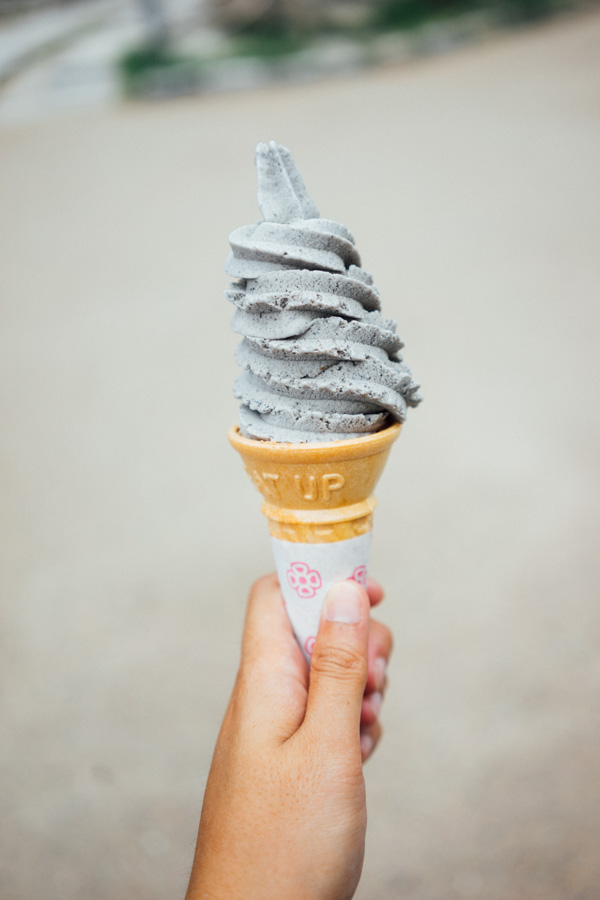
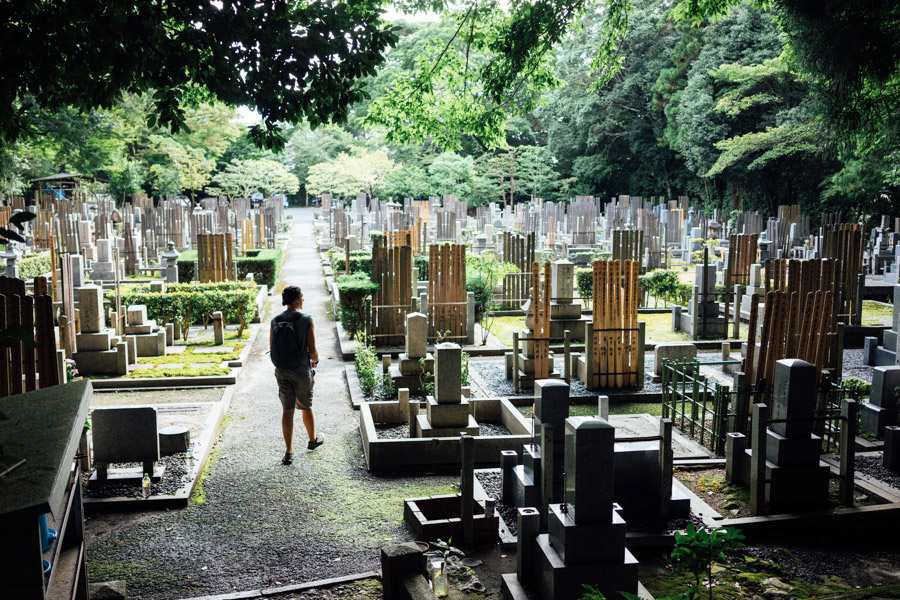
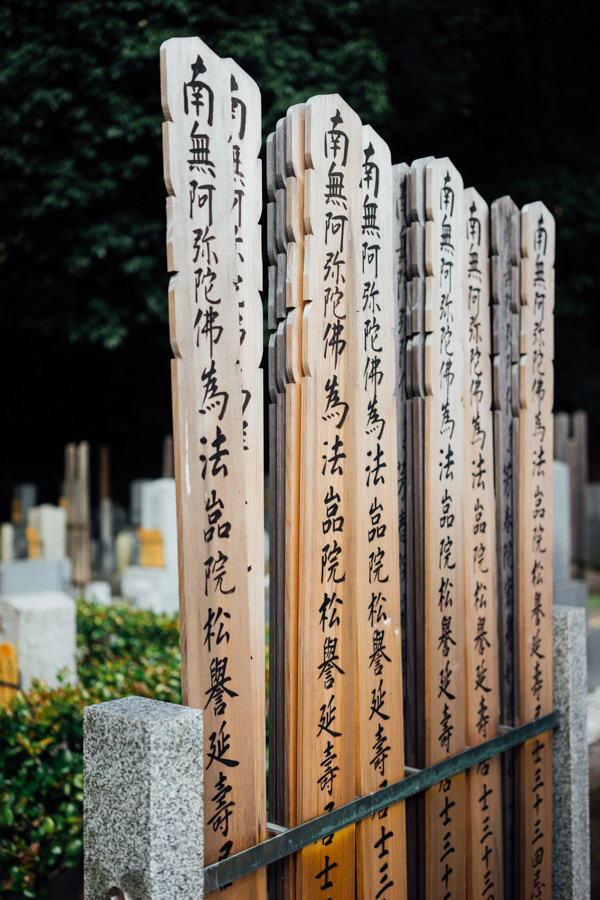
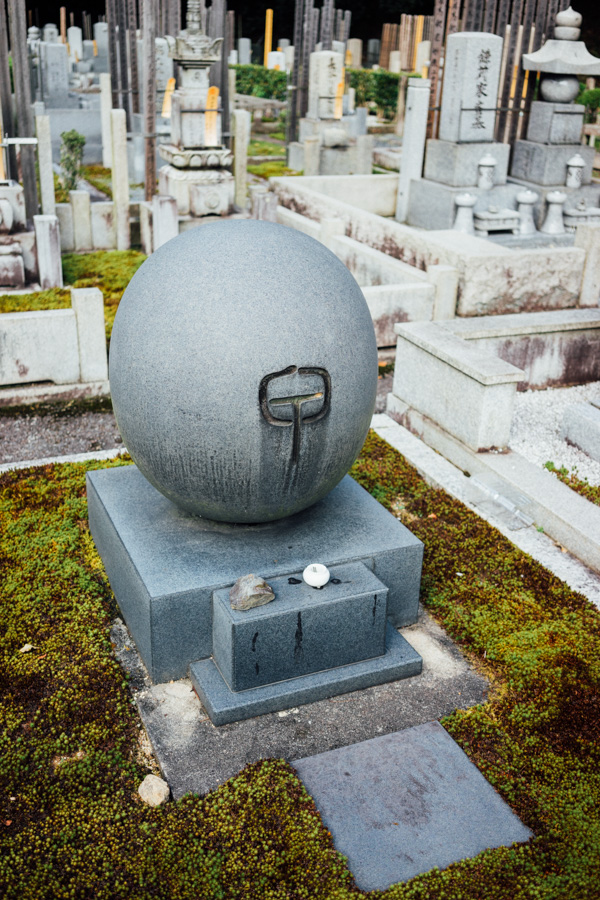
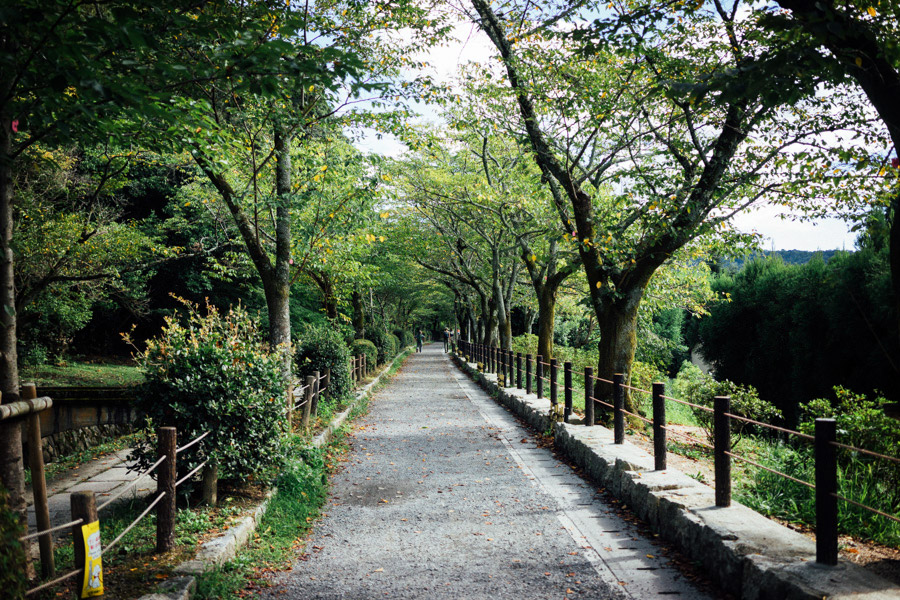
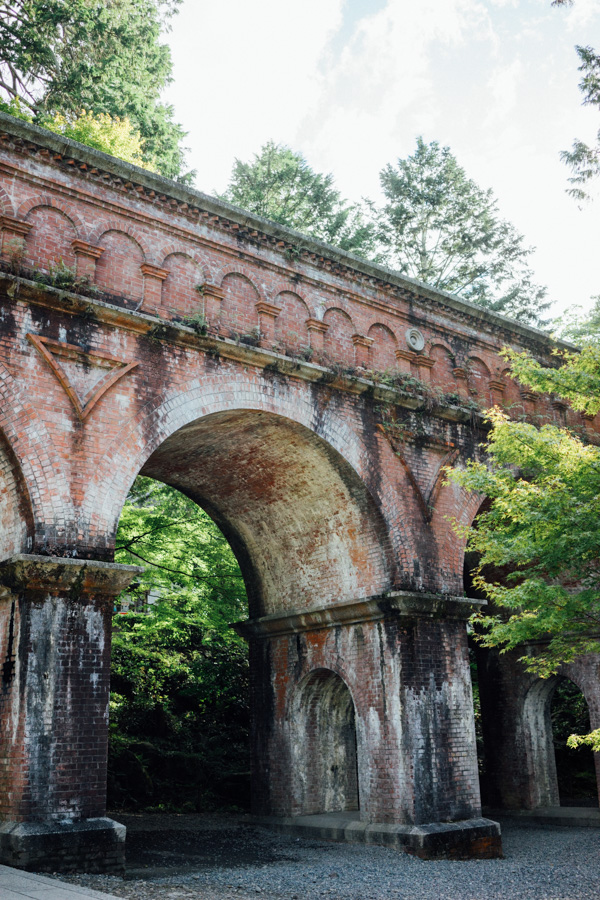
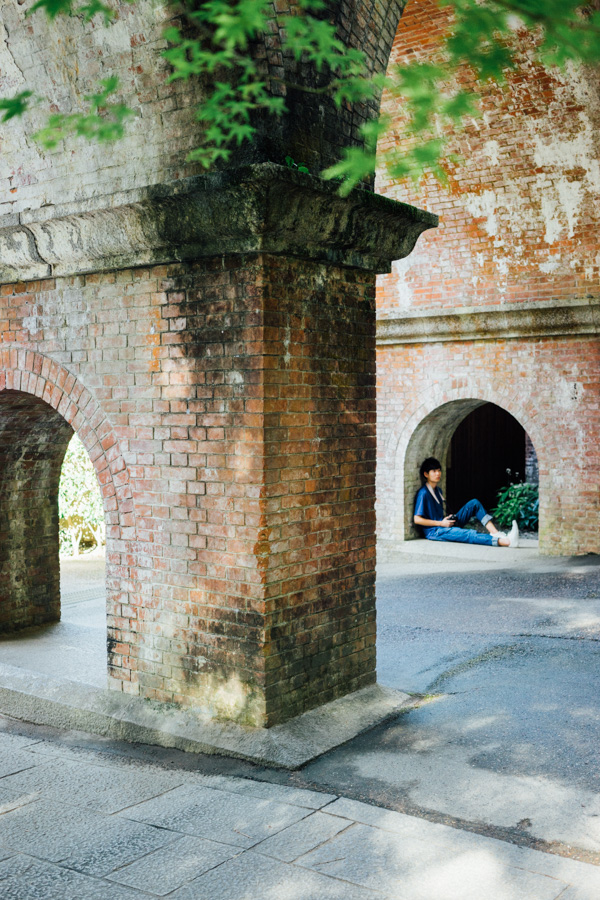

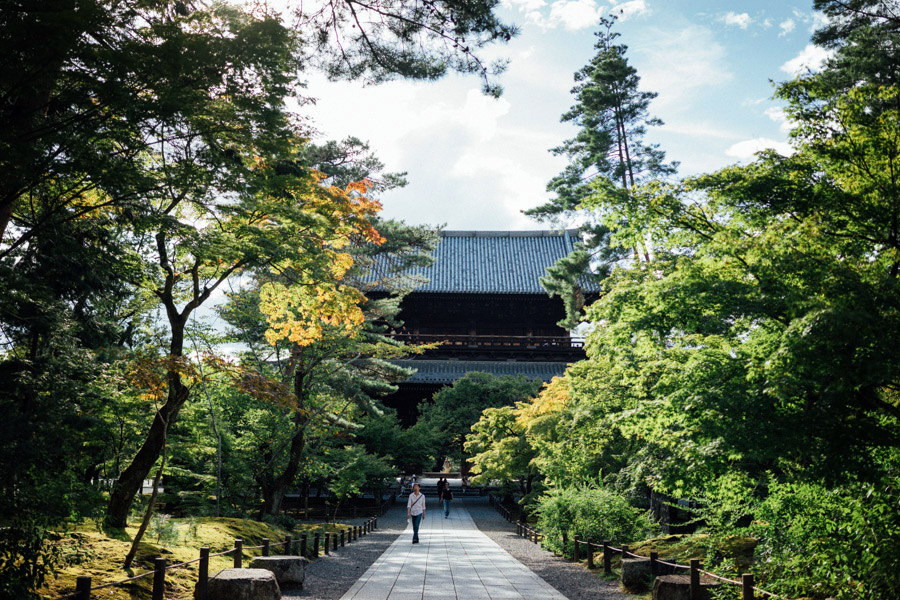
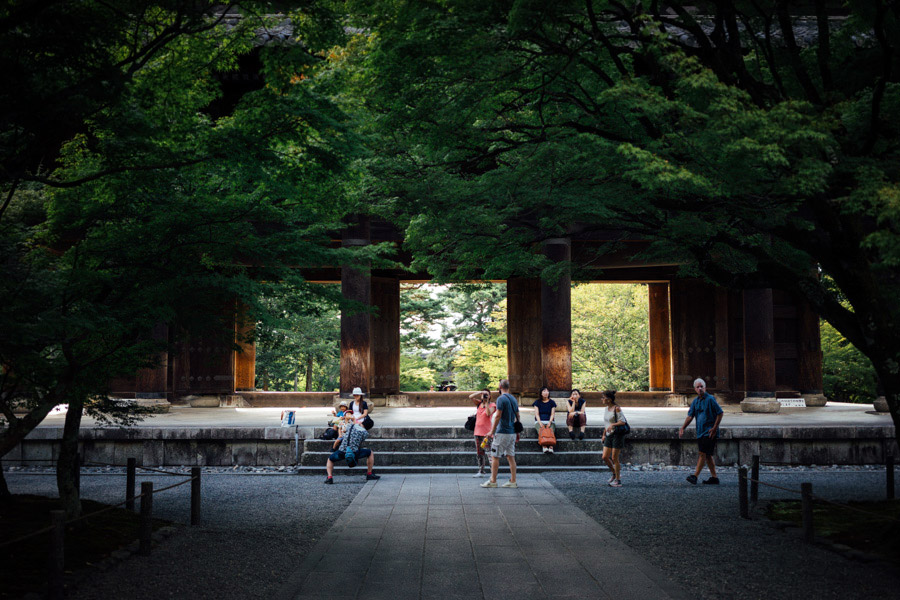
Links
- Osaka is reputed for the best food in Japan. From what we can tell, it is well deserved. Migrationology has a great post on his favorite spots. It is also a cheap flight from Shanghai, and well-connected by train.
- The famed Osaka Castle should not be missed.
- Kobe is only a 30 minute train ride away. It’d be a shame to miss the best beef in the world. We chose to go to La Shomon, recommended by Migrationology for its relatively inexpensive prices.
- Kyoto is 90 minutes away by train from Osaka. The historical sites are endless, and in only 3-4 days there, we missed too many places (including the manga museum!). The golden temple Kinkaku-ji, the bamboo forest Arashimaya, and the Imperial palace are the most touristic spots, but we particularly enjoyed walking in Fushimi Inari-taisha, the Philosopher’s Path, and Ryōan-ji.
- Few websites will recommend a JR Pass for a week or two. While it may seem like a good option, be aware that:
- It can only be purchased outside of Japan.
- It only allows travel on JR trains (there are many other local tracks and companies).
- It is limited in time (one or two weeks). Lots of travel needs to be done in a short time to make it worth it. At our pace, only the two-week pass would have saved us money.















